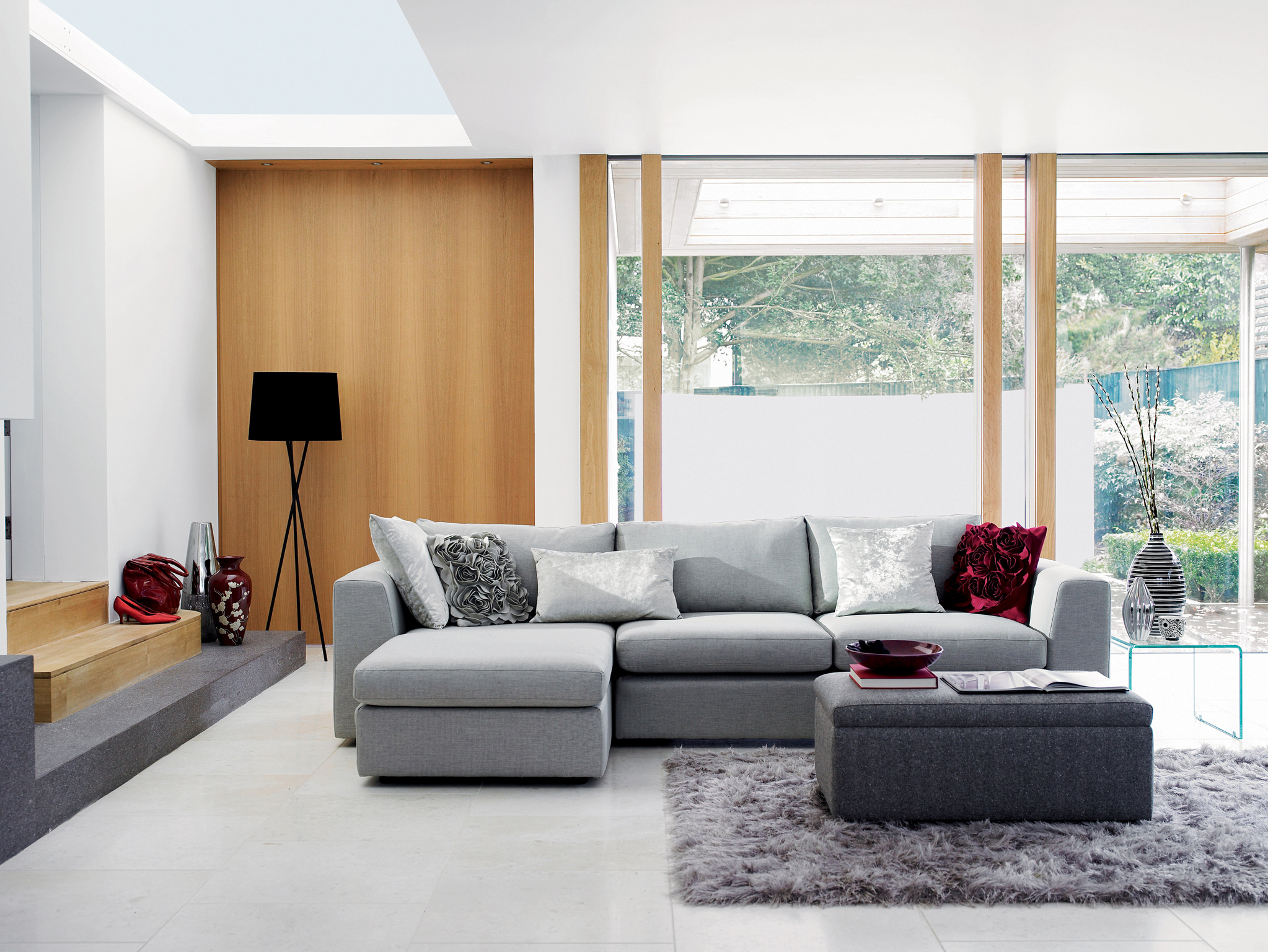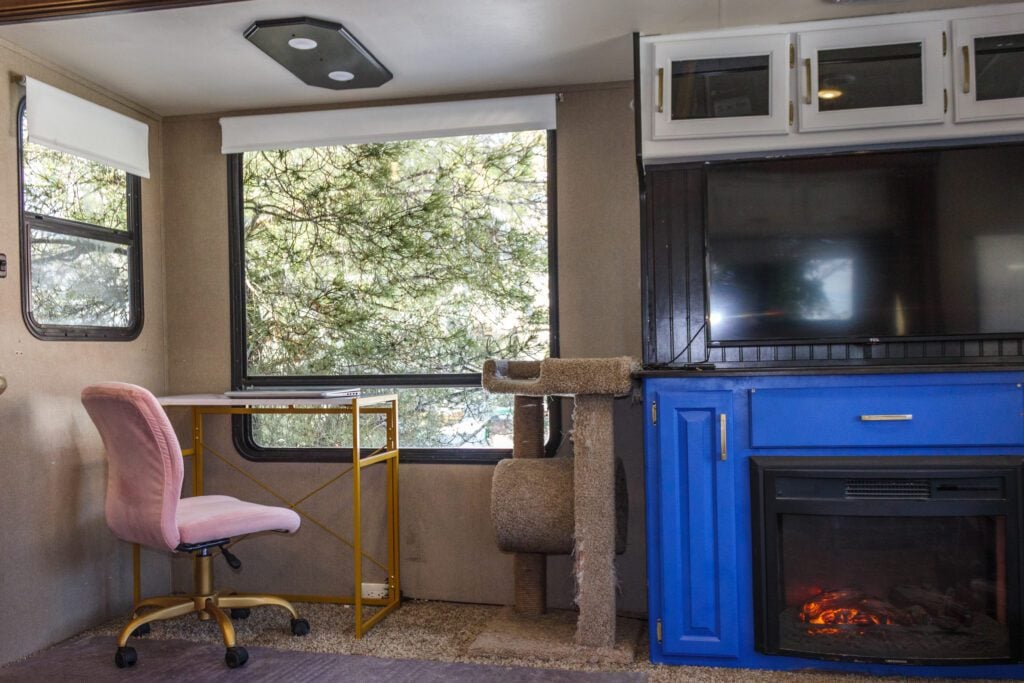When it comes to adding elegance and sophistication to a dining room, there's no better option than crown moulding. This decorative trim is typically installed at the top of walls where they meet the ceiling, and it instantly adds a touch of grandeur to any space. Crown moulding comes in a variety of styles and sizes, from simple and traditional to ornate and intricate. No matter your personal style, crown moulding is a timeless addition that will elevate your dining room to the next level. Crown Moulding: The Classic Touch
For a more traditional and formal look, consider adding wainscoting to your dining room walls. This decorative paneling is typically installed on the lower half of the wall, with a chair rail and moulding at the top. Wainscoting can be made from various materials such as wood, MDF, or PVC, and comes in a variety of styles and designs. It adds texture and character to any room and can be painted or stained to match your existing decor. Wainscoting: A Traditional Look
Not only does a chair rail add a touch of elegance to a dining room, but it also serves a functional purpose. Chair rails were originally installed to protect walls from chair backs, but they have now become a decorative feature in their own right. Like crown moulding, chair rails come in a variety of styles and can be installed at any height on the wall. They are a great way to break up a large wall and add visual interest to the space. Chair Rail: A Functional and Stylish Addition
Do you have a collection of beautiful artwork that you want to display in your dining room? Consider adding a picture rail to your walls. This type of moulding is installed horizontally along the wall, and it allows you to easily hang and rearrange your artwork without putting holes in your walls. Picture rails are also a great way to add a pop of color to your dining room, as they can be painted in a contrasting color to the walls. Picture Rail: For the Art Lovers
Baseboards are the moulding that runs along the bottom of the wall, where it meets the floor. They may seem like a small detail, but they play an important role in tying the whole room together. Baseboards protect your walls from scuffs and scratches, and they also add a finished and polished look to the space. Like other types of moulding, baseboards come in a variety of styles and sizes, so you can choose one that best complements your dining room. Baseboard: The Foundation of Your Walls
If you want to add some interest and texture to your dining room walls without going too traditional, consider panel moulding. This type of moulding is installed in rectangular or square patterns on the wall, creating the illusion of panels. Panel moulding is a great way to add depth and dimension to a plain wall, and it can be painted in a bold color for a modern touch. Panel Moulding: A Modern Twist on Traditional Moulding
For a more rustic and farmhouse-inspired look, consider adding beadboard to your dining room walls. This type of moulding is made from narrow wood planks that are installed vertically on the wall, with a small space in between each plank. Beadboard adds a cozy and warm feel to a room and is often used in more casual dining spaces. You can leave it unpainted for a natural wood look or paint it in a light color for a brighter and more modern feel. Beadboard: A Rustic Addition
For a more unique and creative look, consider installing shadow box moulding in your dining room. This type of moulding is similar to wainscoting, but the panels are larger and have a deeper profile. Shadow box moulding adds visual interest and texture to a room, and it can be painted or stained to match your existing decor. It's a great way to add a touch of character and personality to your dining space. Shadow Box: A Creative Twist on Wainscoting
If you love the look of moulding but don't want to commit to the cost and installation process, consider using faux moulding instead. Faux moulding is typically made from lightweight materials such as foam or resin and is designed to look like the real thing. It's a great way to add the look of moulding to your dining room walls without breaking the bank. Faux Moulding: A Budget-Friendly Option
Finally, don't forget about the finishing touch – decorative trim. This type of moulding is installed at the top of the wall, just below the ceiling, and it adds a final touch of elegance to the room. Decorative trim often features intricate designs and adds a touch of sophistication to any space. It's the perfect way to complete the look of your dining room walls and tie all the other moulding elements together. Decorative Trim: The Finishing Touch
The Benefits of Adding Moulding to Your Dining Room Walls

Enhance the Elegance of Your Dining Space
 When it comes to designing your dining room, it's important to pay attention to every detail to create a space that is both functional and visually appealing. One often overlooked element is the
moulding
on the walls.
Moulding
is a decorative feature that can instantly elevate the look and feel of a room. Adding
moulding
to your dining room walls can enhance the elegance of the space, making it feel more refined and sophisticated.
When it comes to designing your dining room, it's important to pay attention to every detail to create a space that is both functional and visually appealing. One often overlooked element is the
moulding
on the walls.
Moulding
is a decorative feature that can instantly elevate the look and feel of a room. Adding
moulding
to your dining room walls can enhance the elegance of the space, making it feel more refined and sophisticated.
Create Dimension and Depth
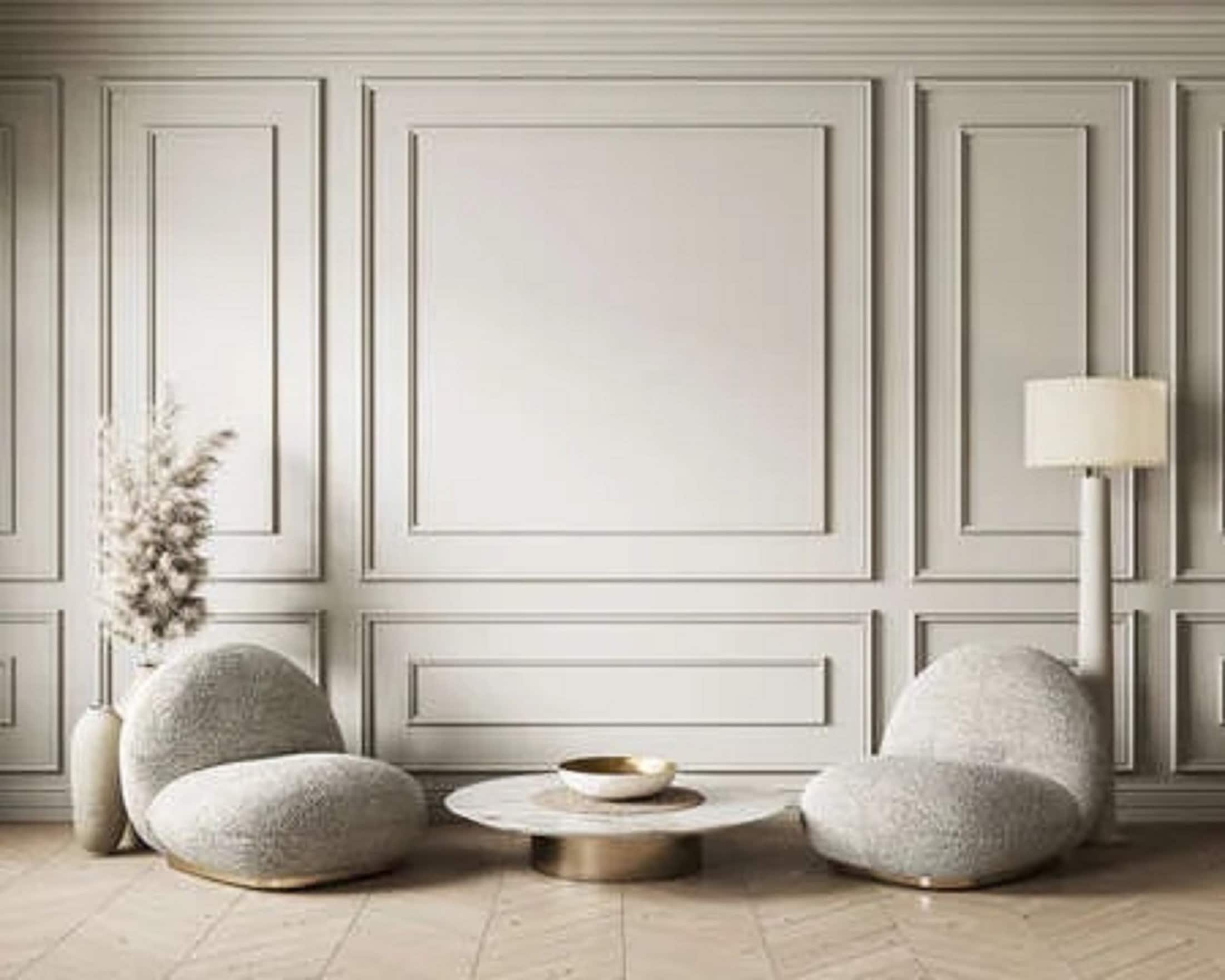 One of the main benefits of
moulding
is that it adds depth and dimension to your walls. It's a great way to break up a large, blank wall and make it more visually interesting. By adding
moulding
, you can create a focal point in your dining room, drawing the eye to a specific area and making the room feel more dynamic. This is especially useful in smaller dining rooms where you want to make the most of the space and create the illusion of a larger room.
One of the main benefits of
moulding
is that it adds depth and dimension to your walls. It's a great way to break up a large, blank wall and make it more visually interesting. By adding
moulding
, you can create a focal point in your dining room, drawing the eye to a specific area and making the room feel more dynamic. This is especially useful in smaller dining rooms where you want to make the most of the space and create the illusion of a larger room.
Customize Your Design
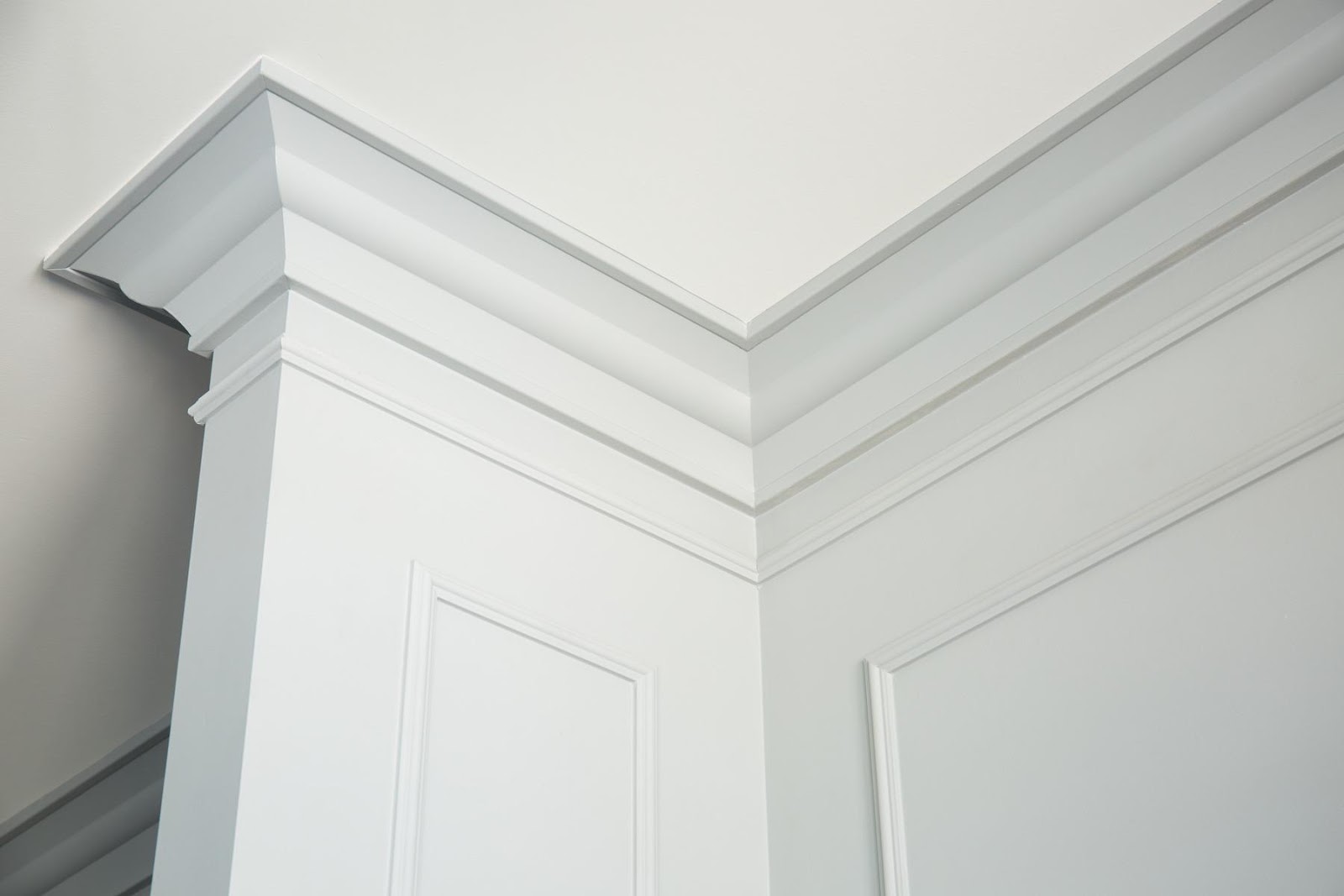 There are endless possibilities when it comes to
moulding
designs, allowing you to customize your dining room walls to your personal style and taste. Whether you prefer a more traditional look or a more modern aesthetic, there is a
moulding
design that can complement your dining room. You can choose from a variety of materials such as wood, plaster, or polystyrene, and play with different shapes, sizes, and patterns to create a unique and personalized look for your dining space.
There are endless possibilities when it comes to
moulding
designs, allowing you to customize your dining room walls to your personal style and taste. Whether you prefer a more traditional look or a more modern aesthetic, there is a
moulding
design that can complement your dining room. You can choose from a variety of materials such as wood, plaster, or polystyrene, and play with different shapes, sizes, and patterns to create a unique and personalized look for your dining space.
Hide Imperfections and Add Value
/ChairRailinginFormalDiningRoom-5ab8fc2f1f4e130037a980ea.jpg) Not only does
moulding
add a touch of elegance and style to your dining room, but it can also serve a practical purpose. If your walls have imperfections or uneven surfaces,
moulding
can help hide these flaws and create a smooth and polished look. Additionally, adding
moulding
to your dining room can increase the value of your home, making it a worthwhile investment for both your current enjoyment and potential resale value.
In conclusion,
moulding
is a simple yet effective way to add character and charm to your dining room. It can enhance the elegance of your space, create dimension and depth, allow for customization, and even hide imperfections while adding value to your home. So if you're looking to elevate your dining room design, consider adding
moulding
to your walls for a stylish and sophisticated touch.
Not only does
moulding
add a touch of elegance and style to your dining room, but it can also serve a practical purpose. If your walls have imperfections or uneven surfaces,
moulding
can help hide these flaws and create a smooth and polished look. Additionally, adding
moulding
to your dining room can increase the value of your home, making it a worthwhile investment for both your current enjoyment and potential resale value.
In conclusion,
moulding
is a simple yet effective way to add character and charm to your dining room. It can enhance the elegance of your space, create dimension and depth, allow for customization, and even hide imperfections while adding value to your home. So if you're looking to elevate your dining room design, consider adding
moulding
to your walls for a stylish and sophisticated touch.

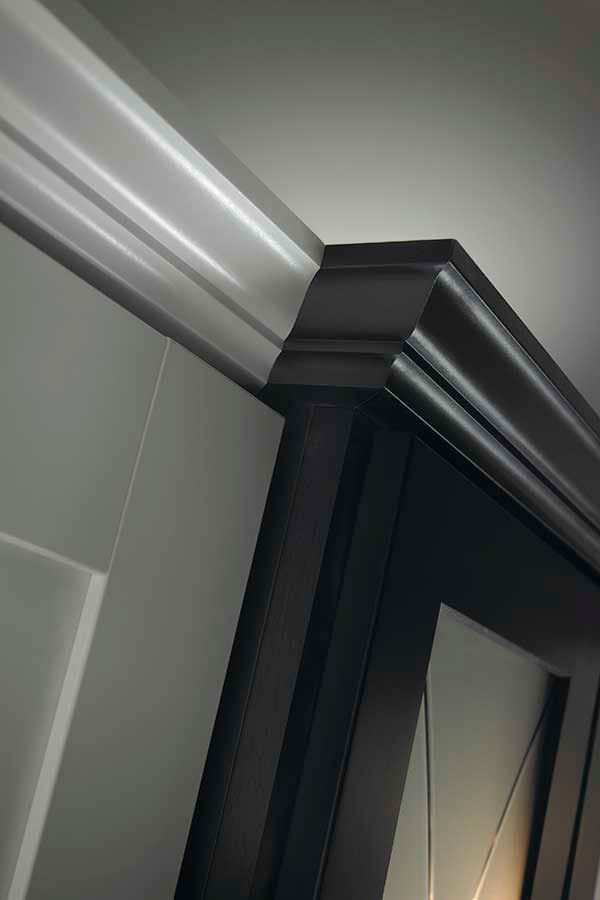
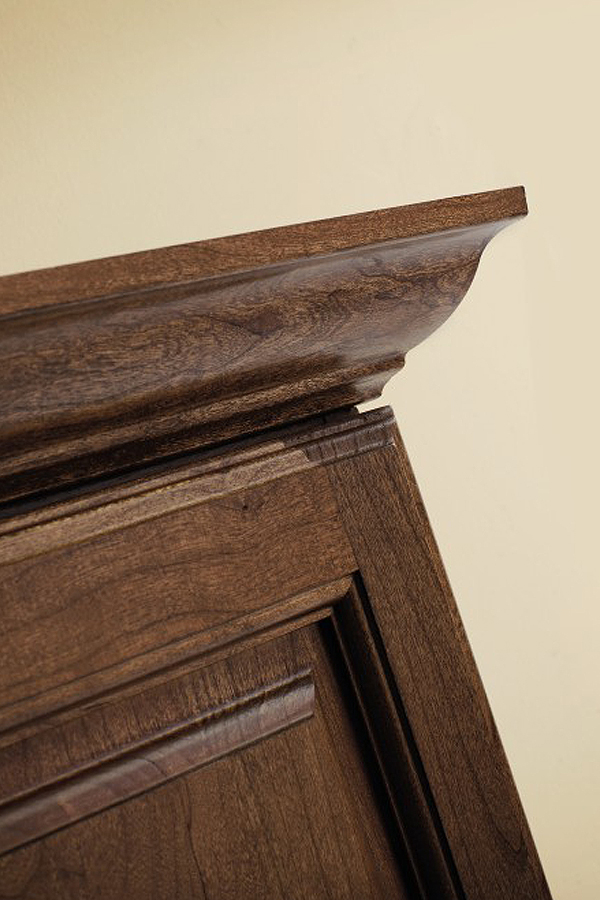
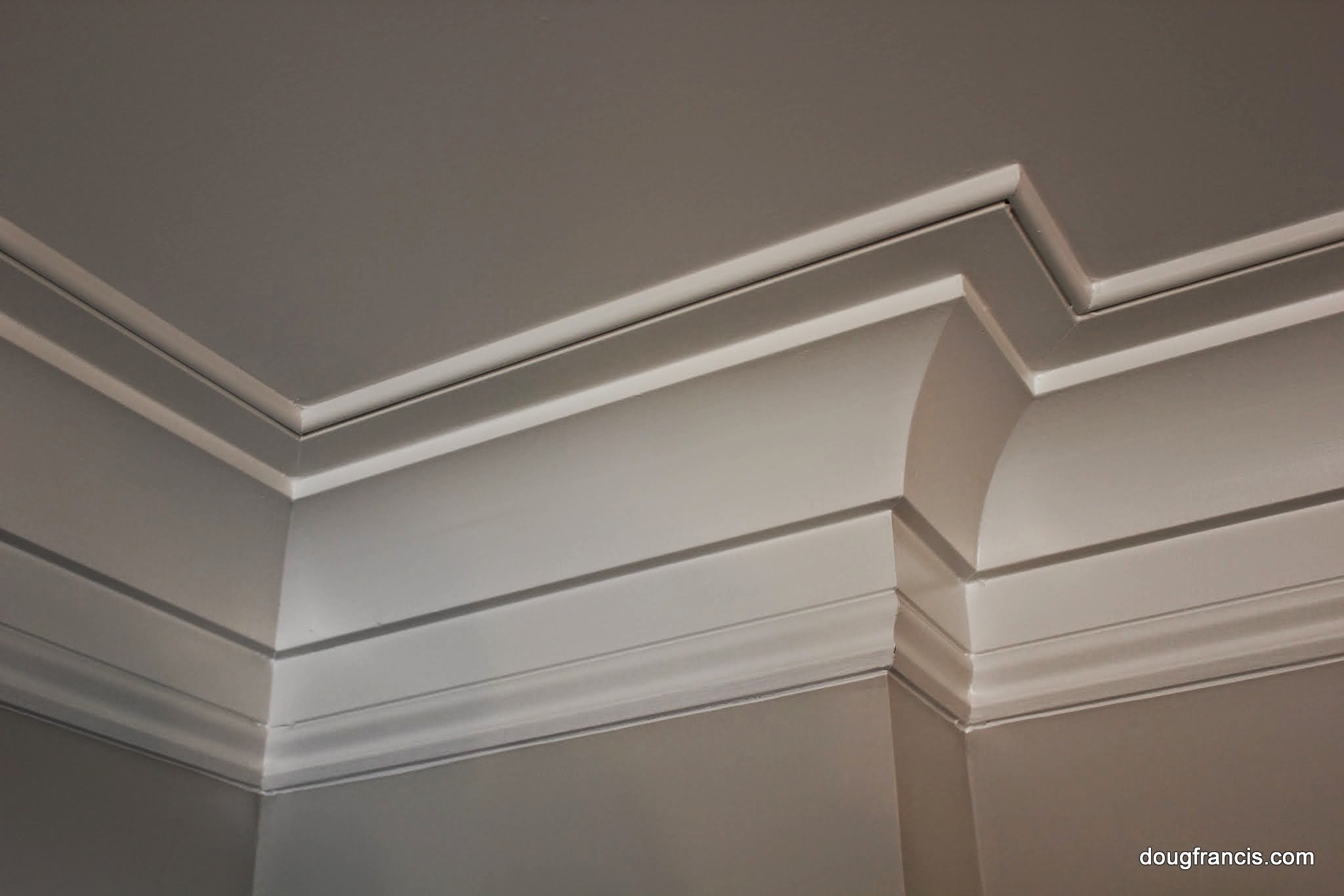

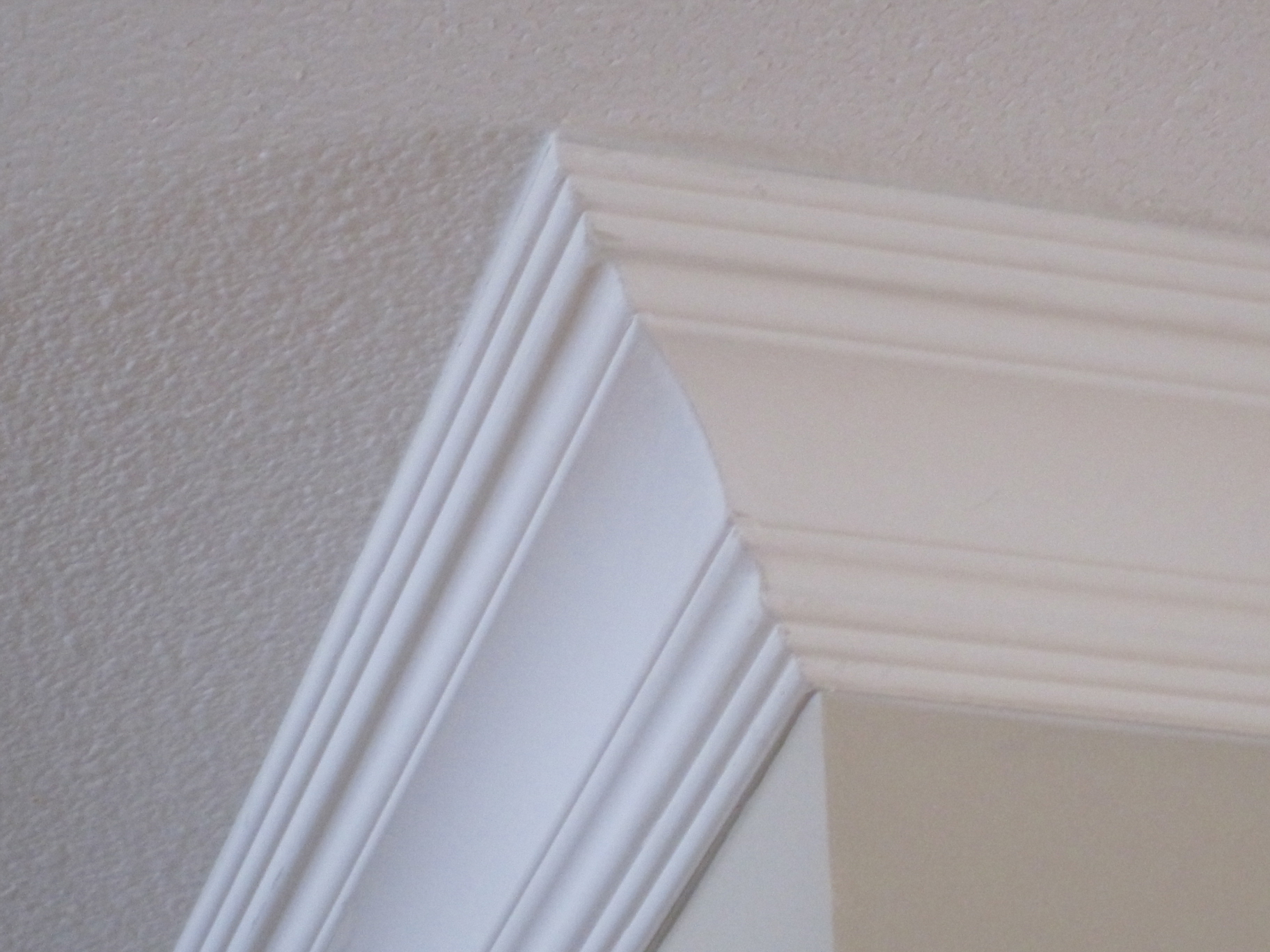
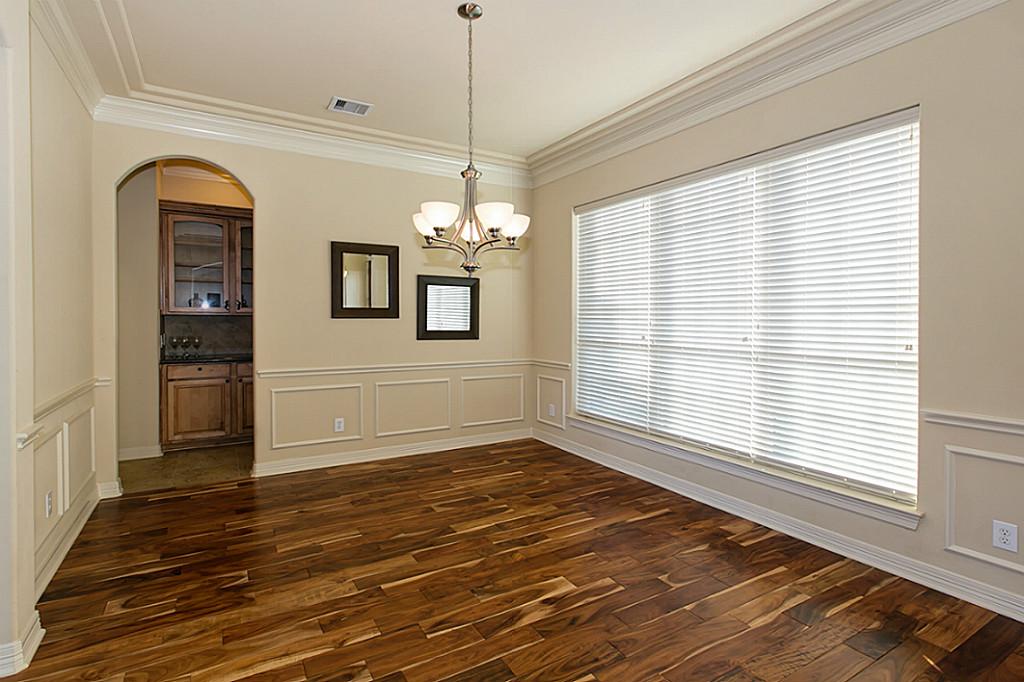


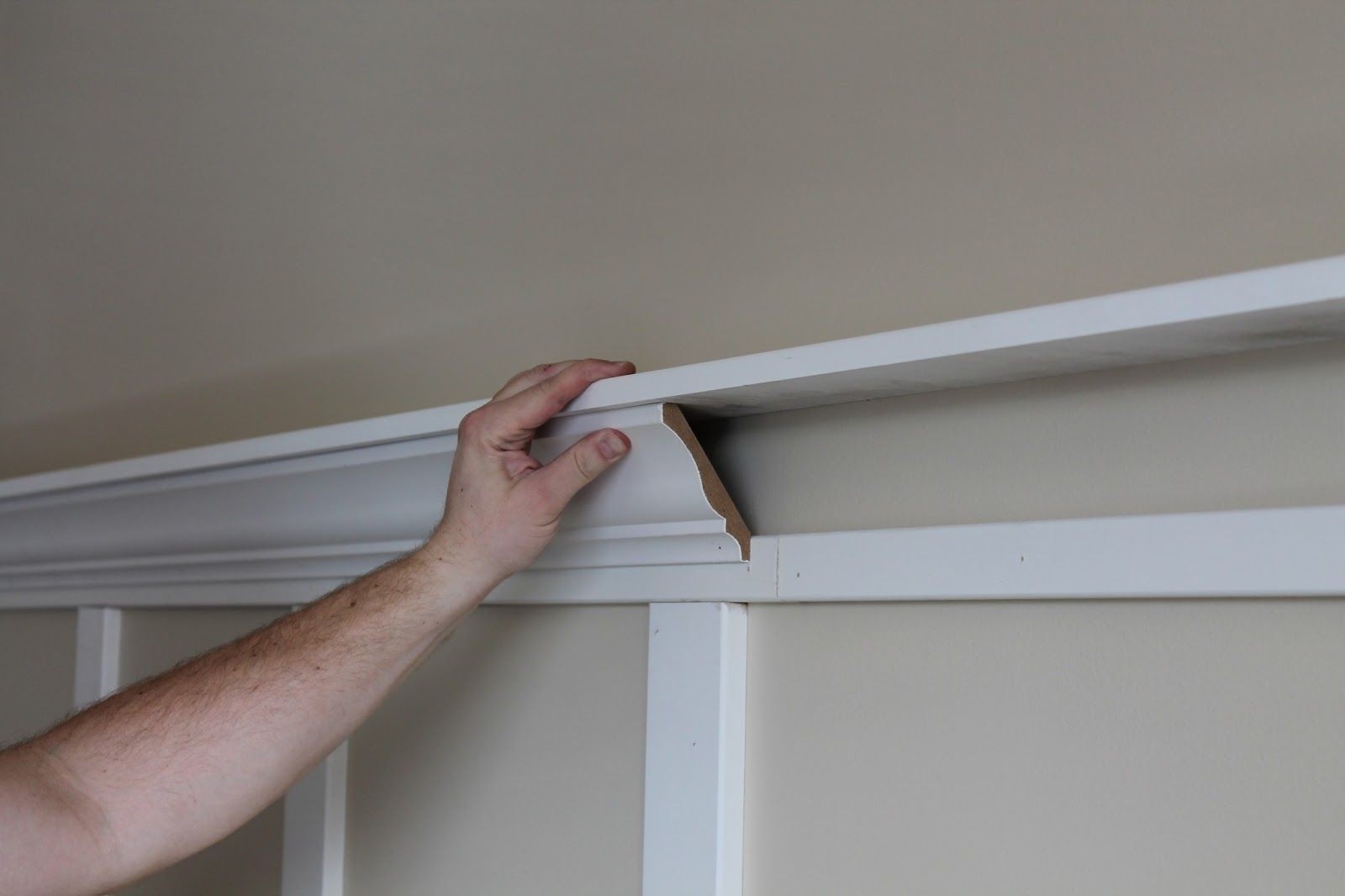
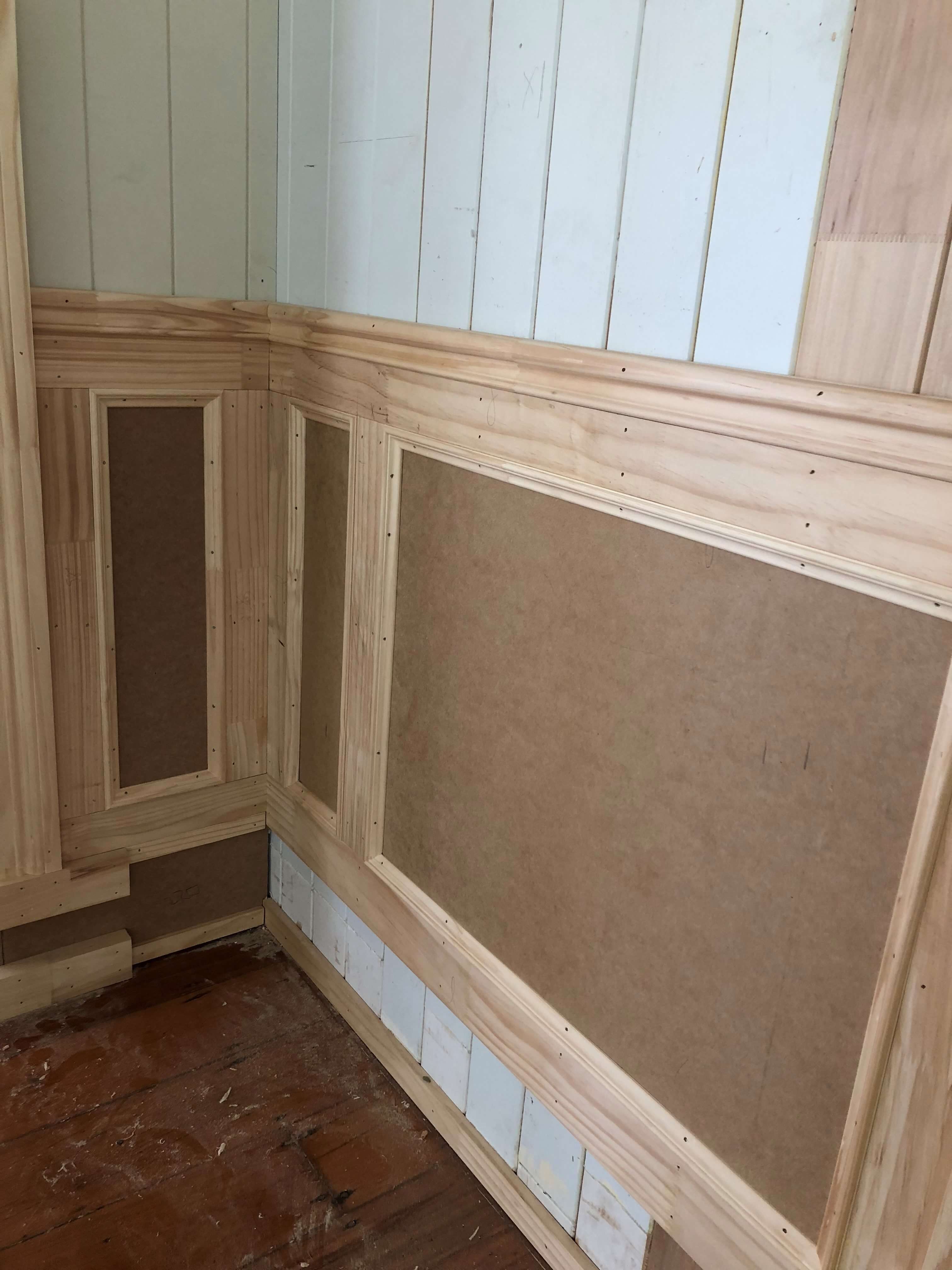
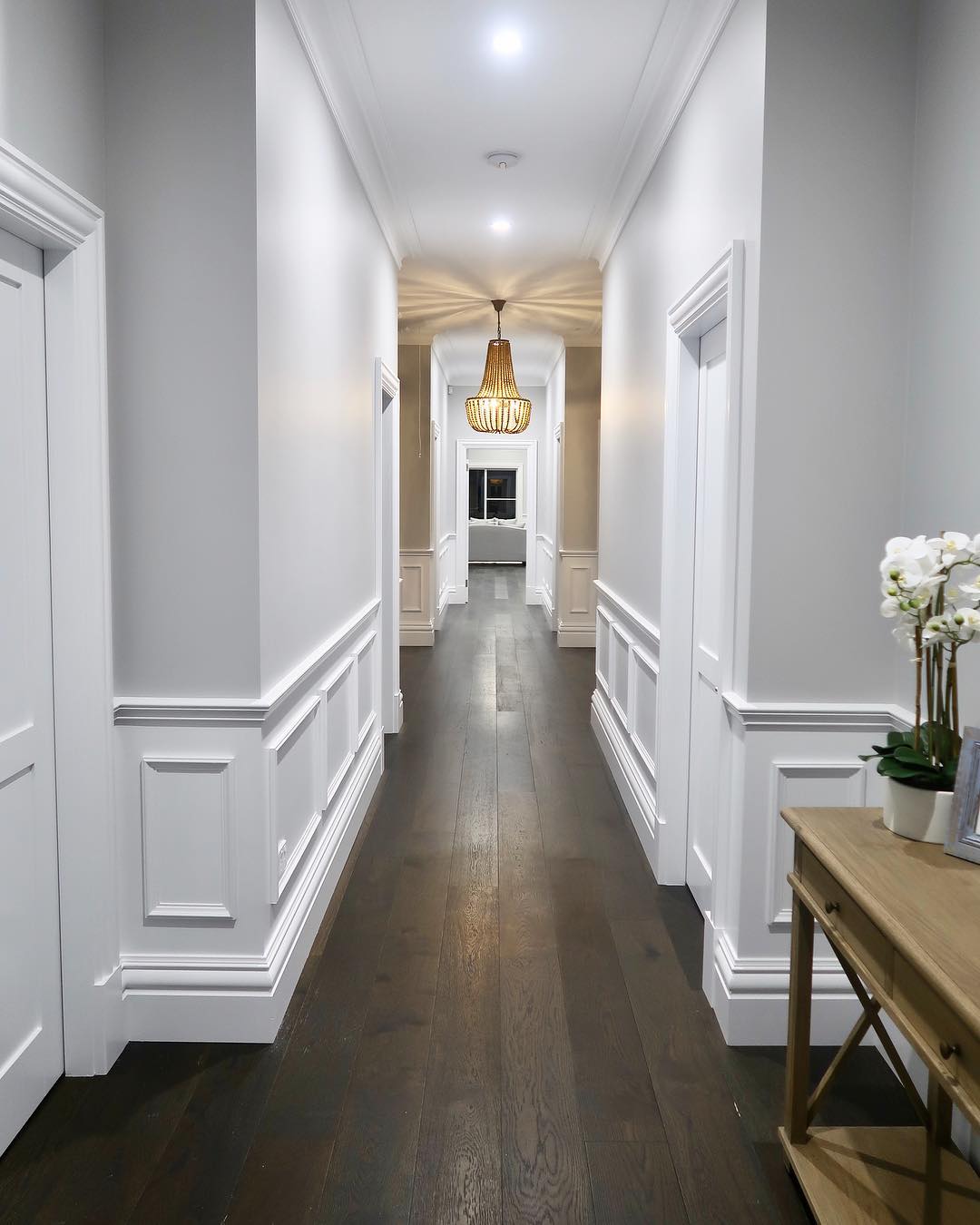
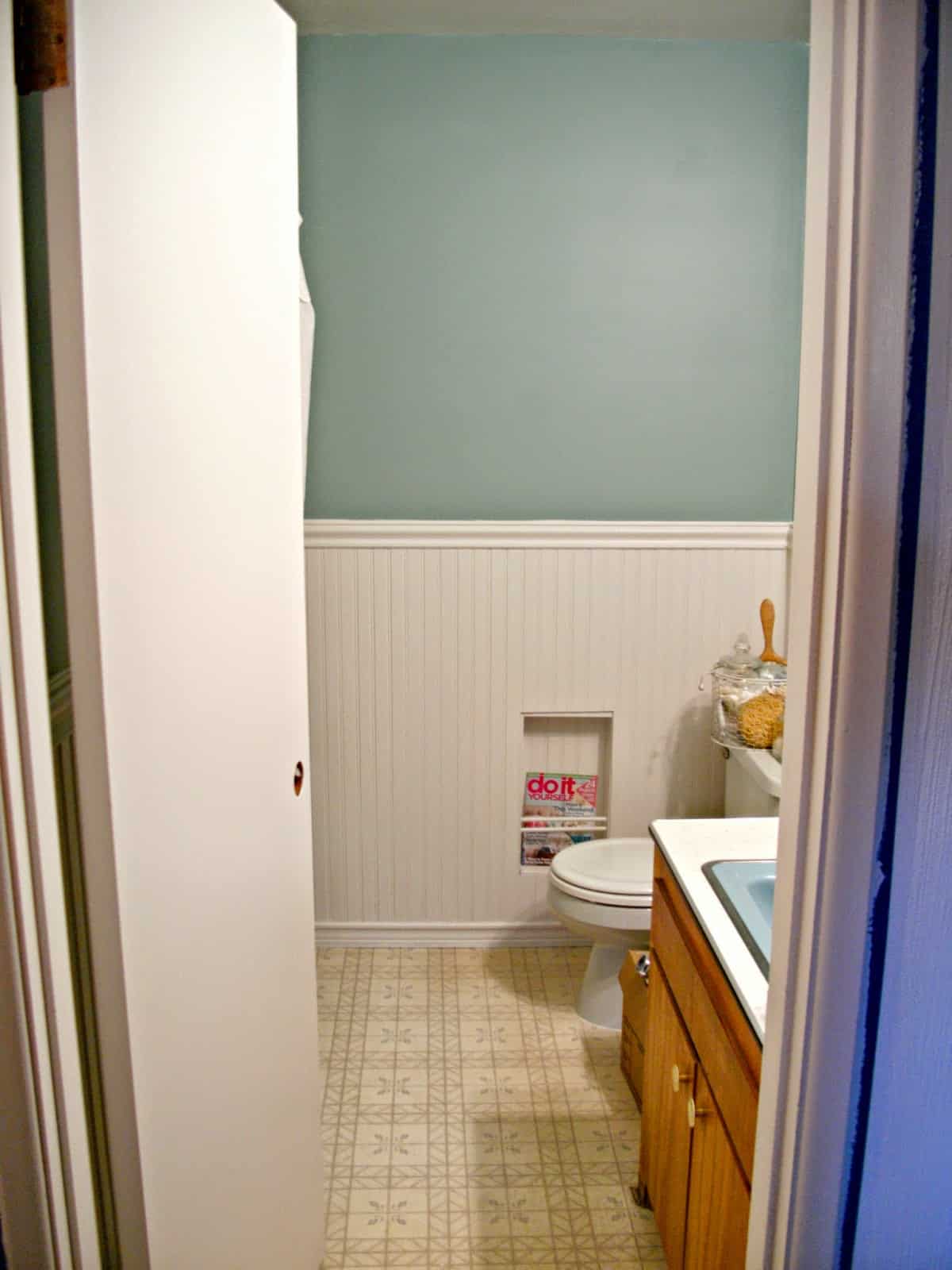




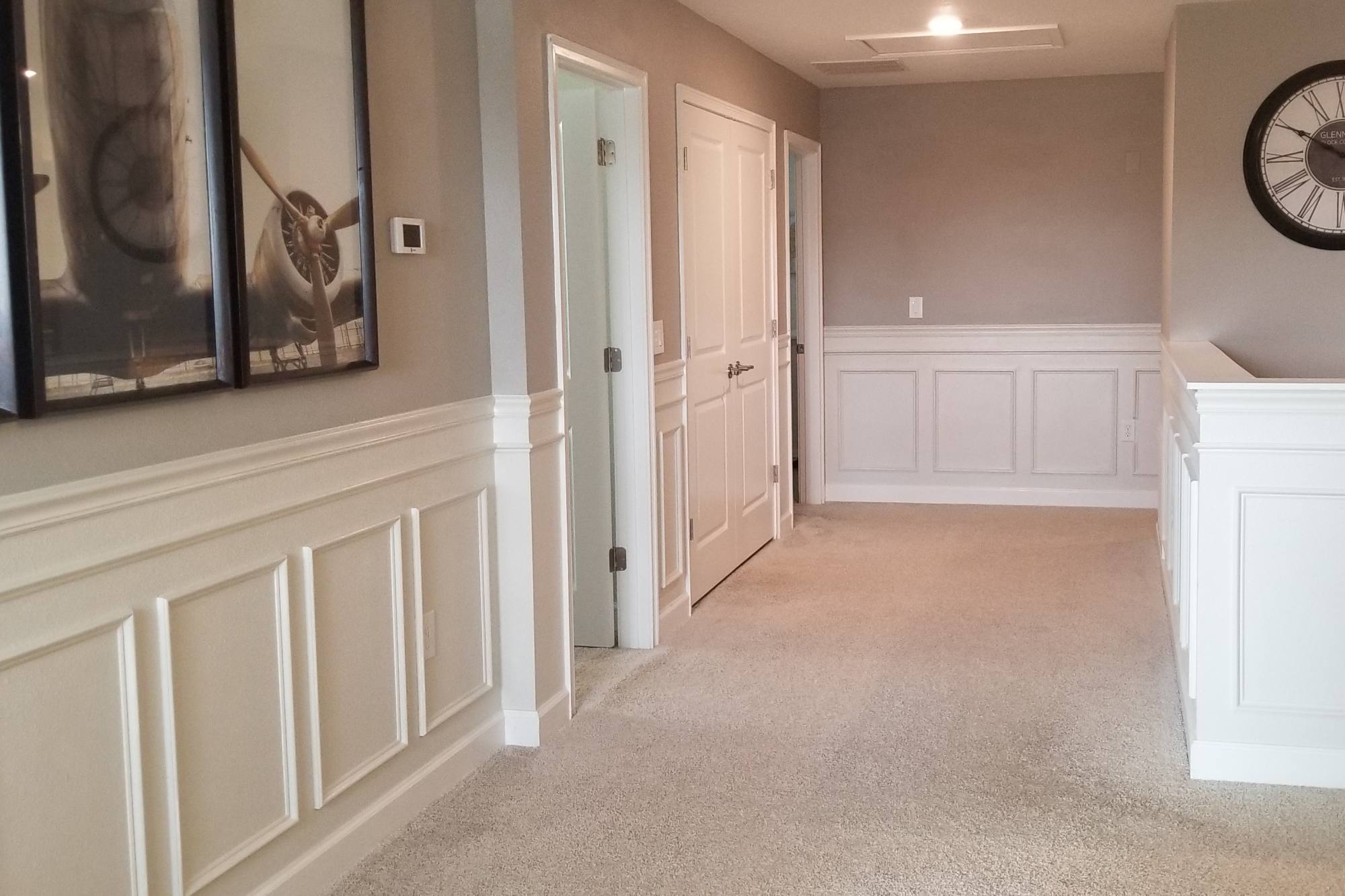
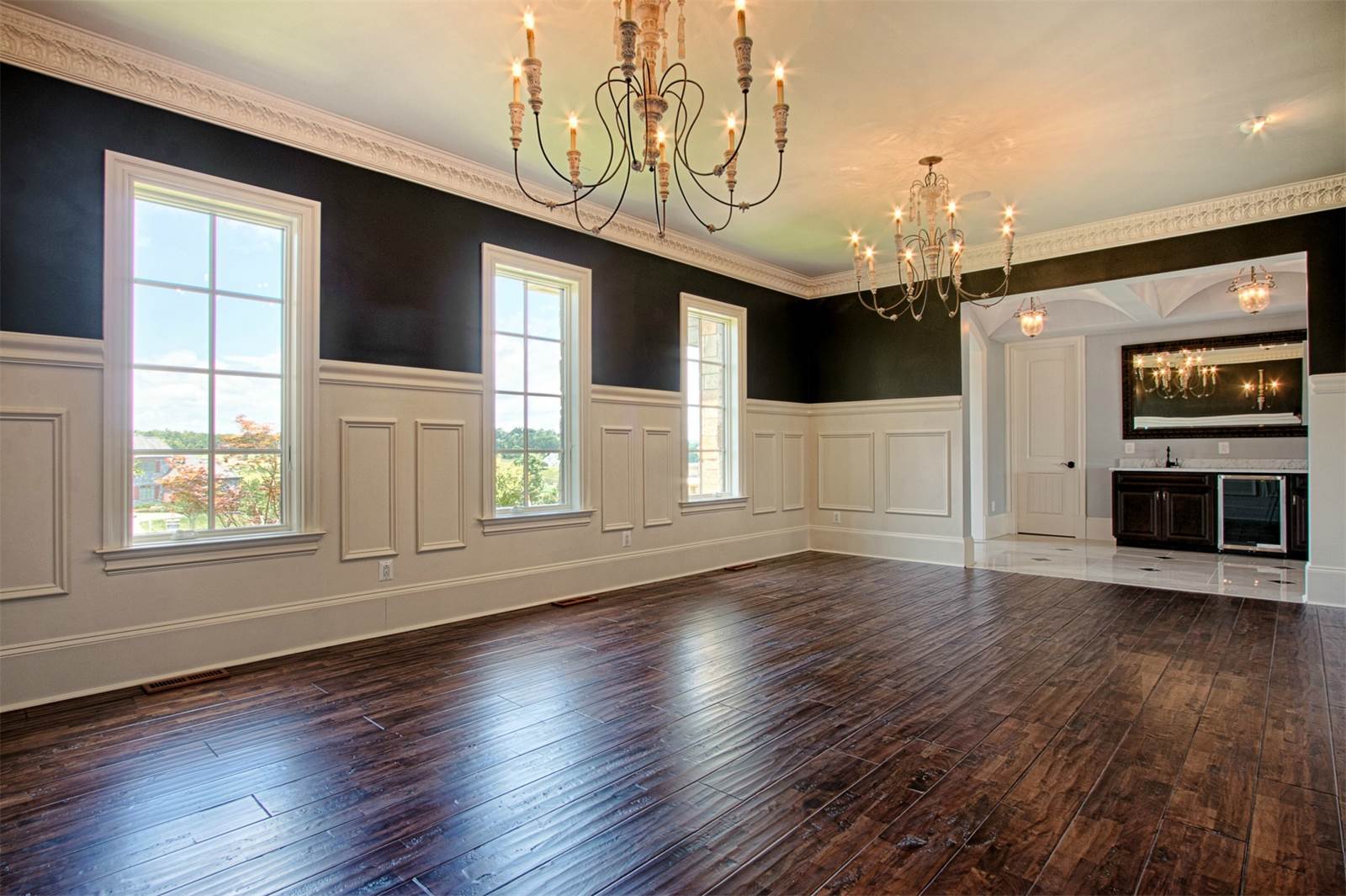


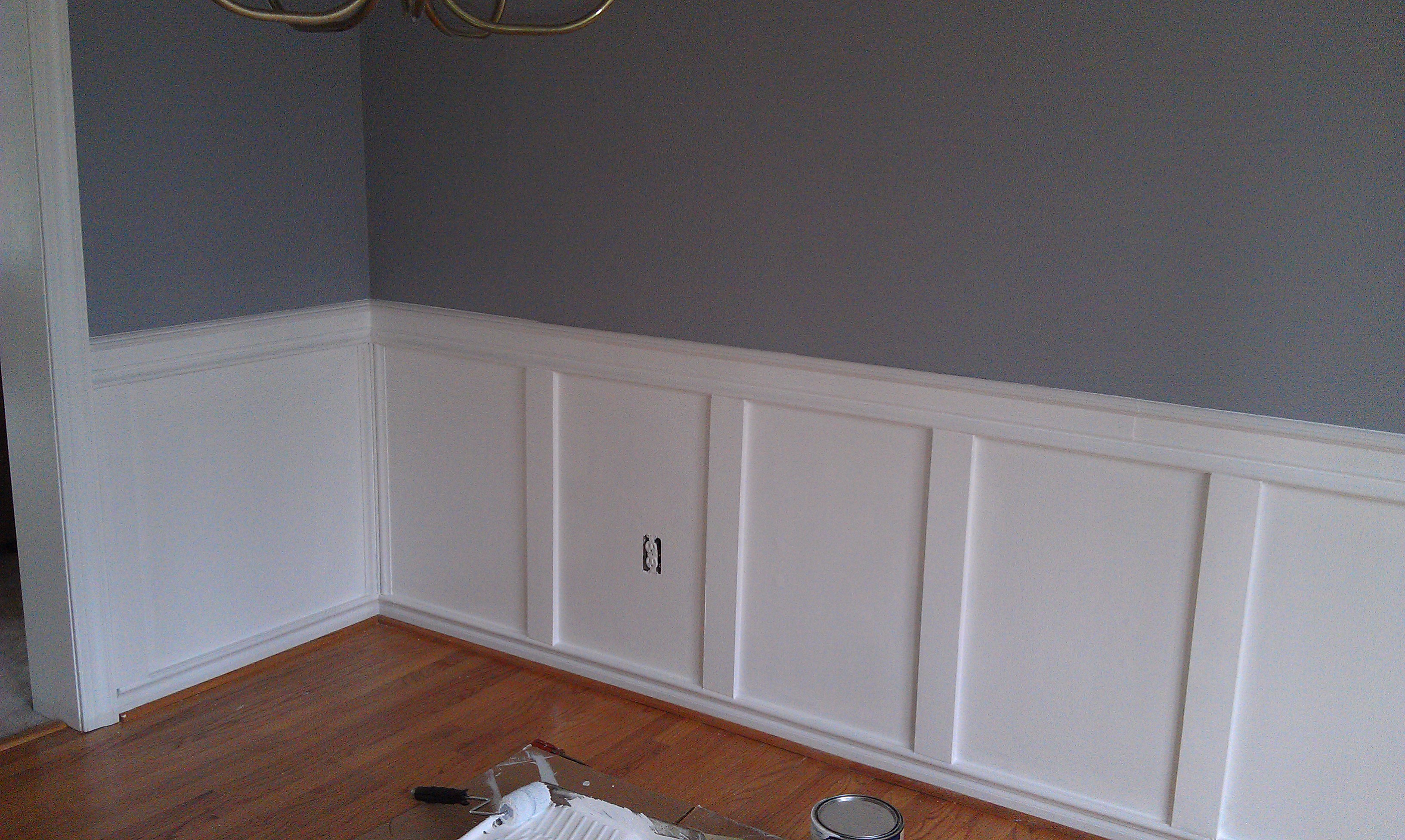




/Familyroomchairrailing-GettyImages-154960933-59ed57bb0d327a001055bfee.jpg)

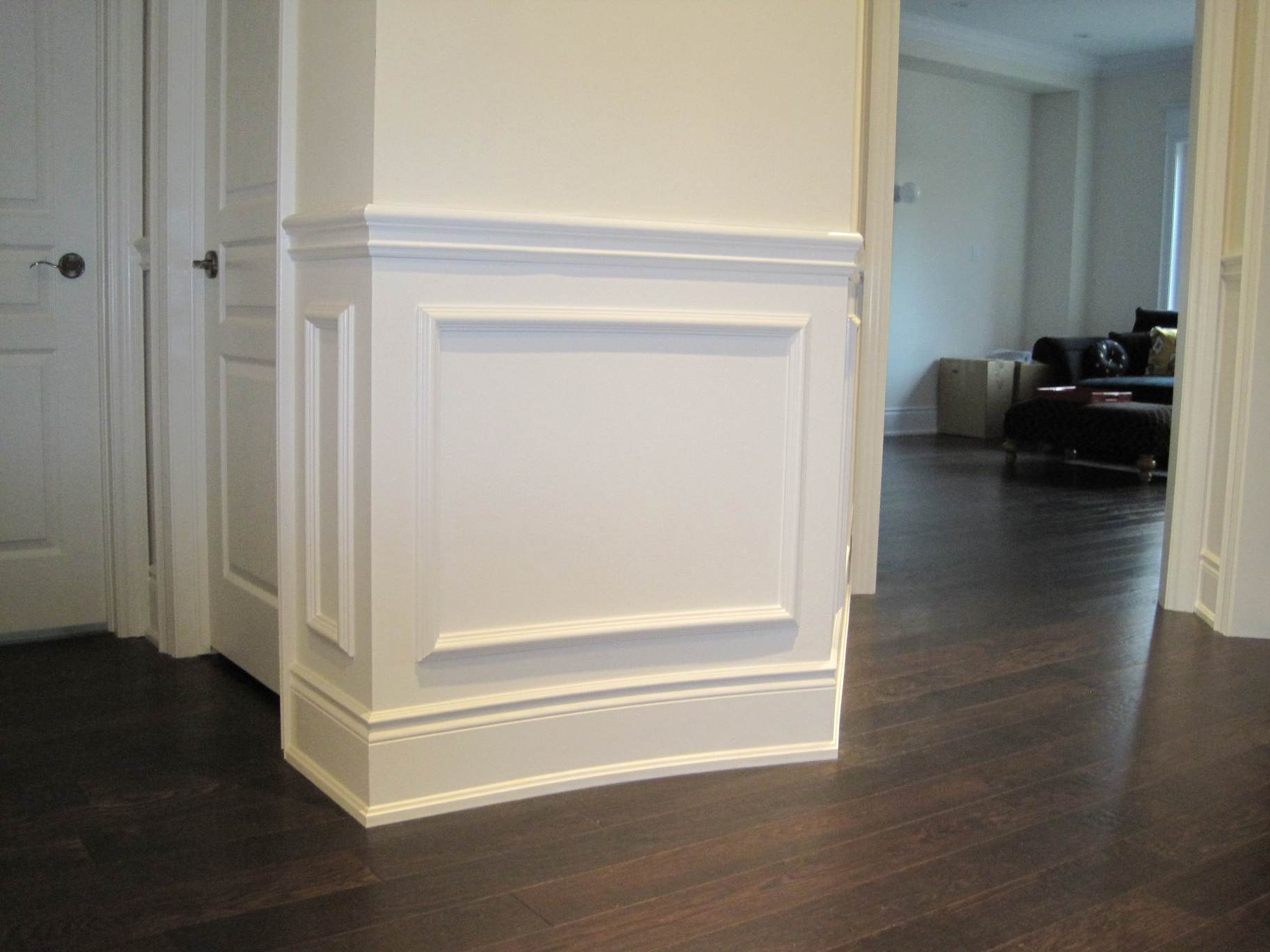
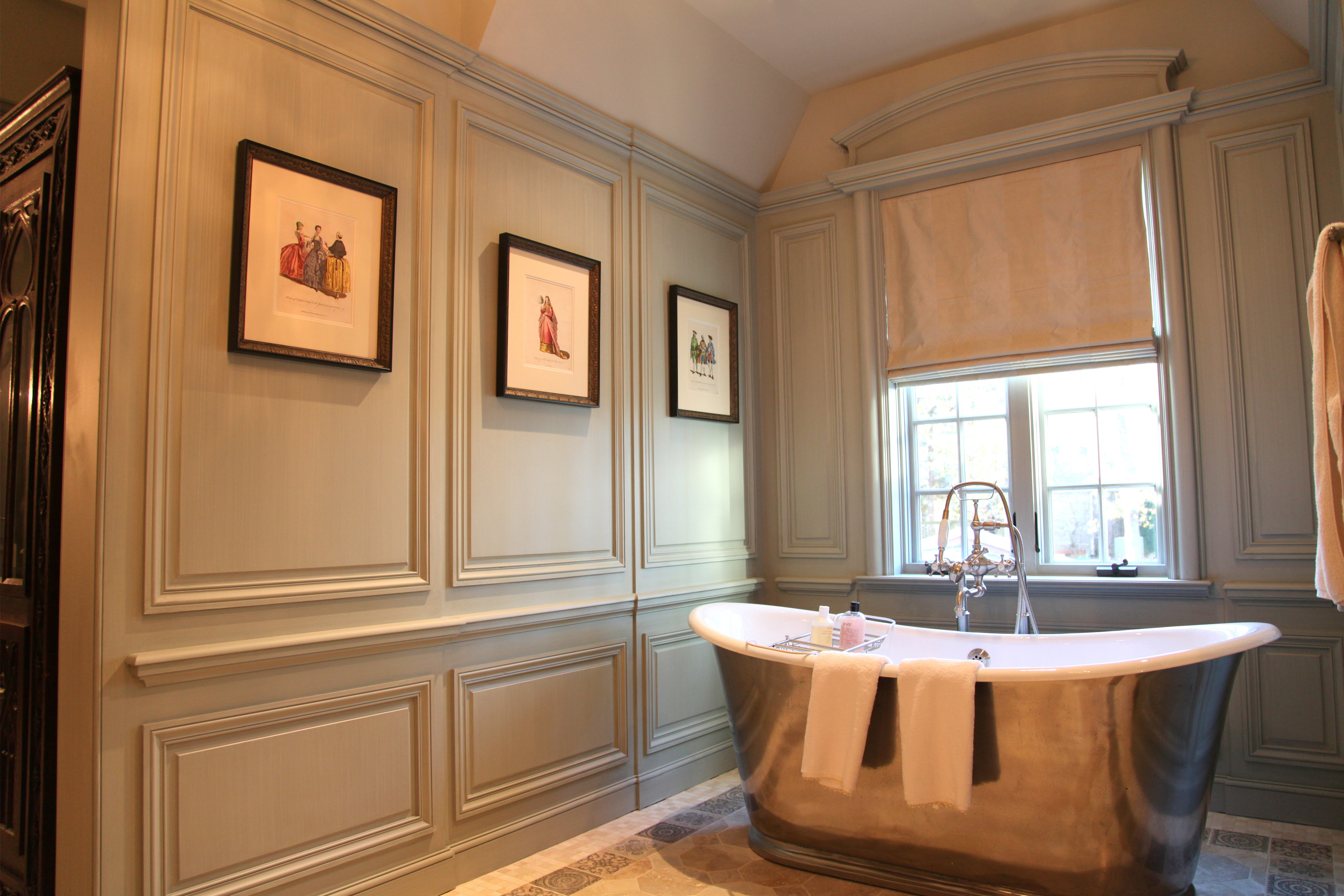











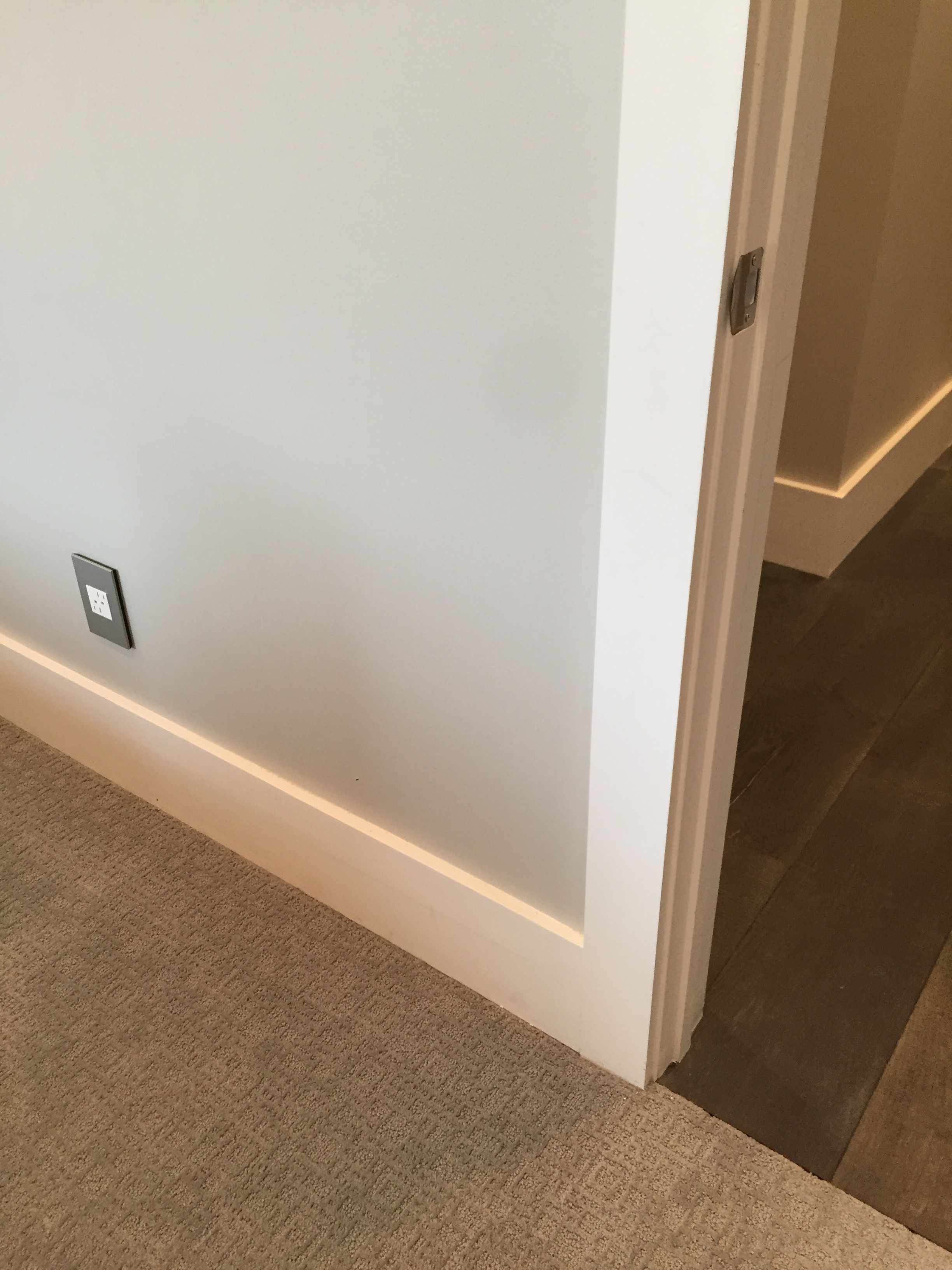

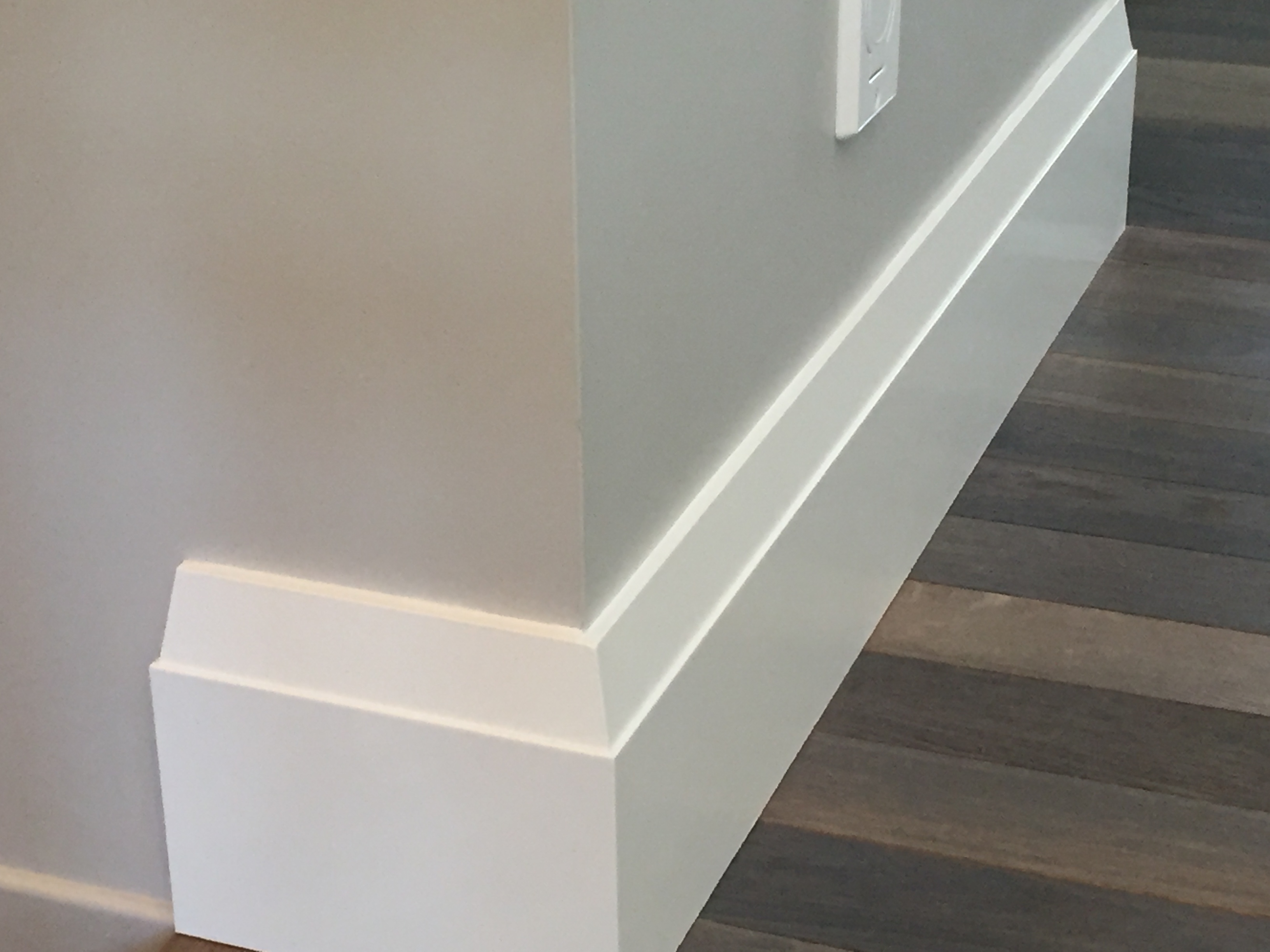
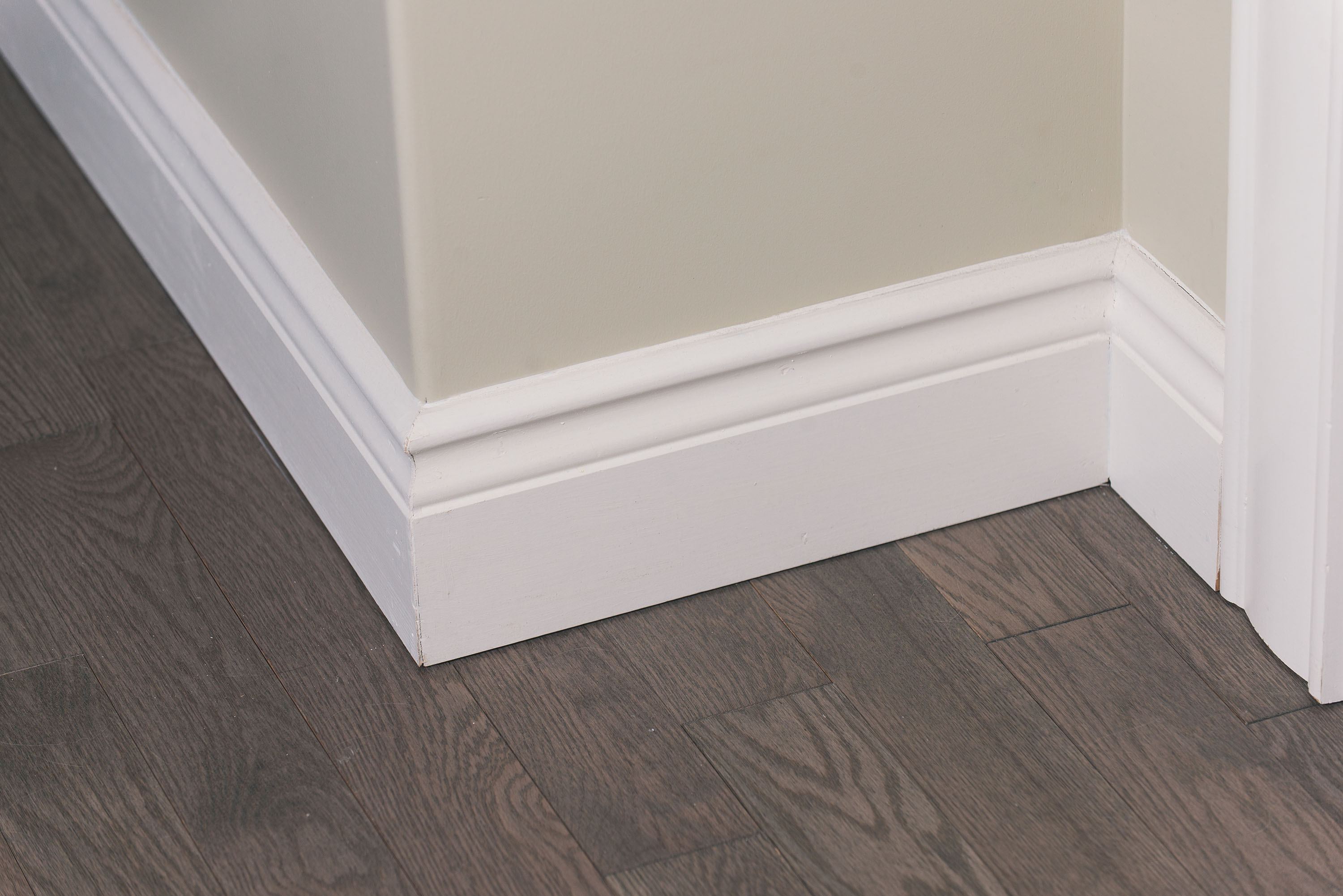

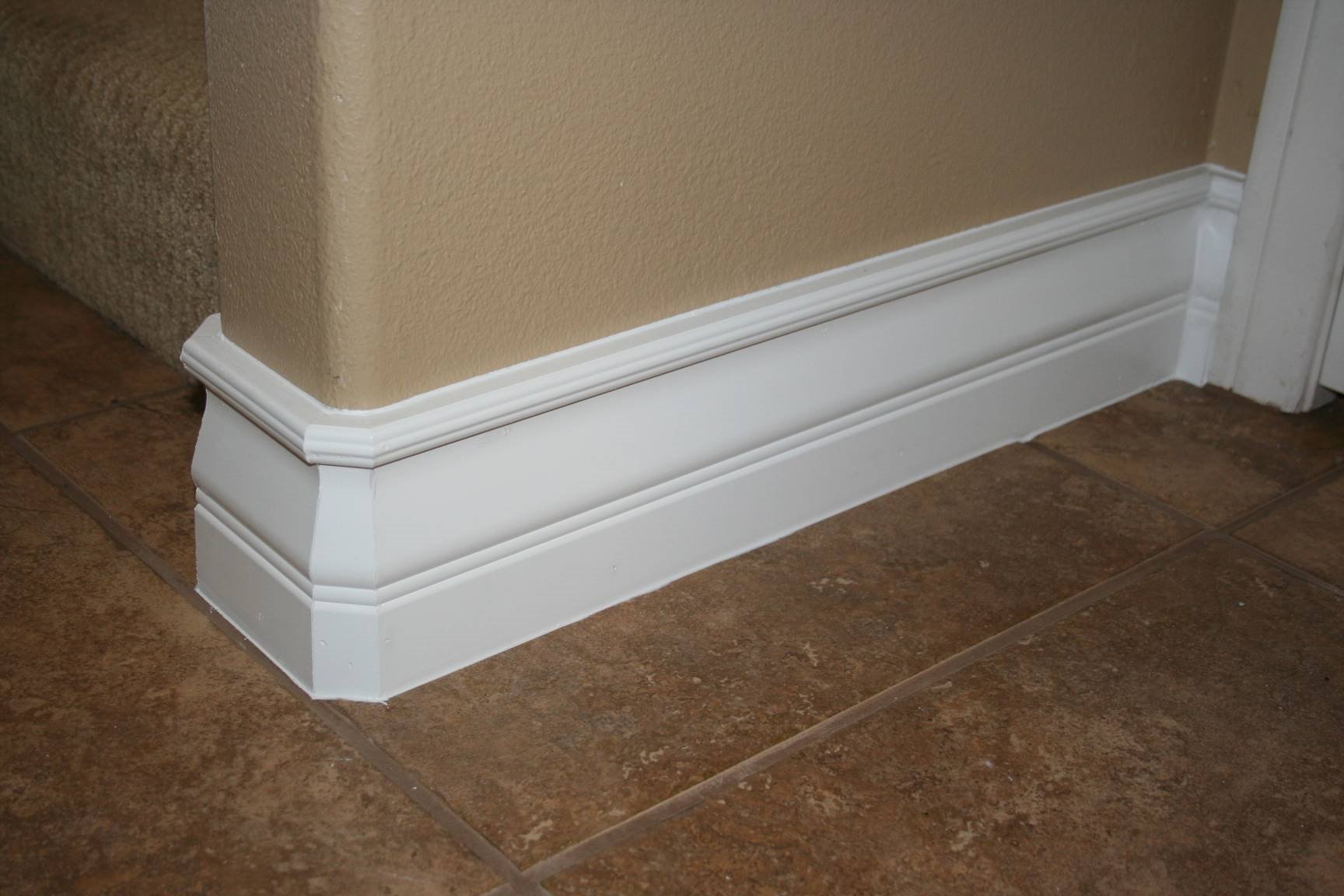


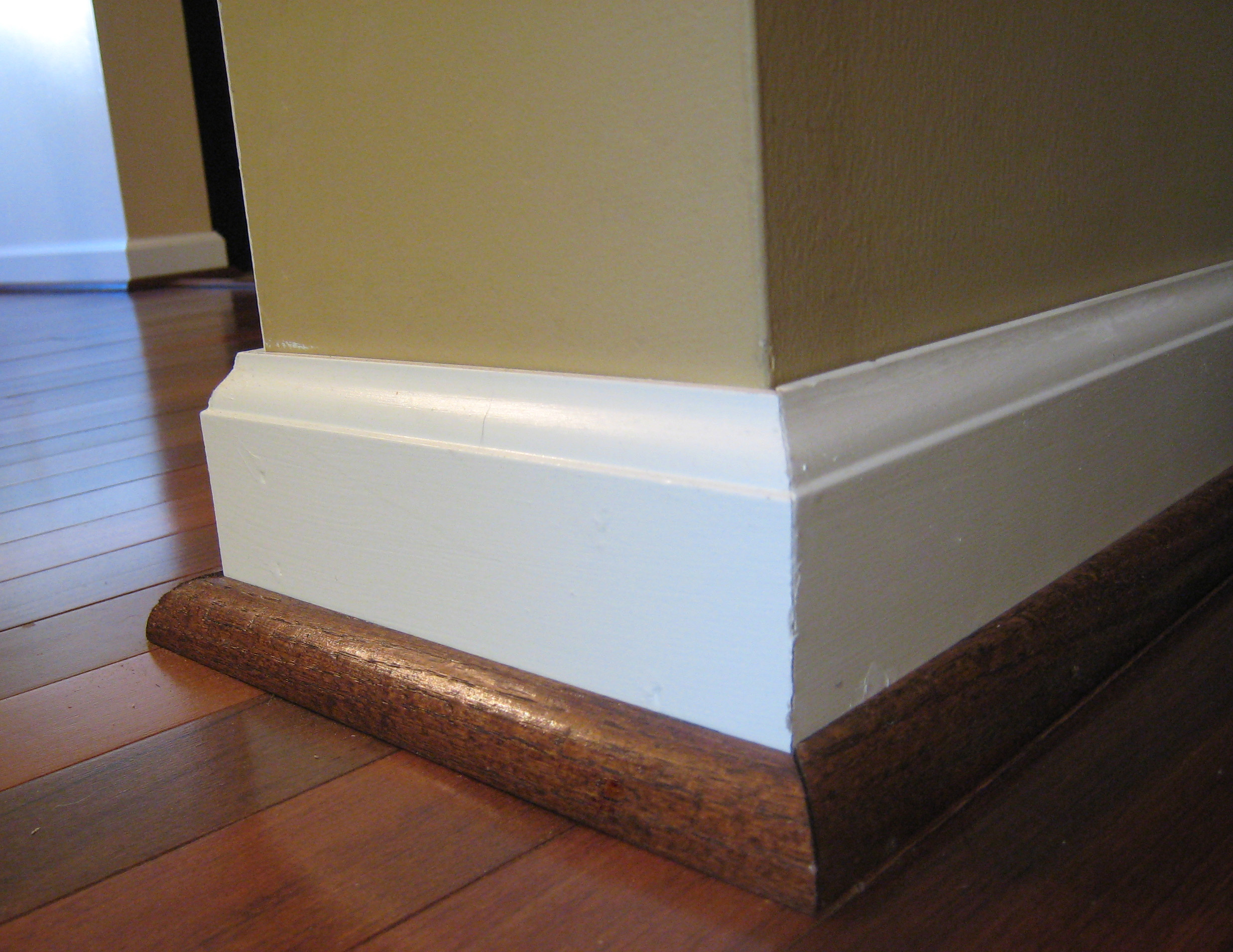
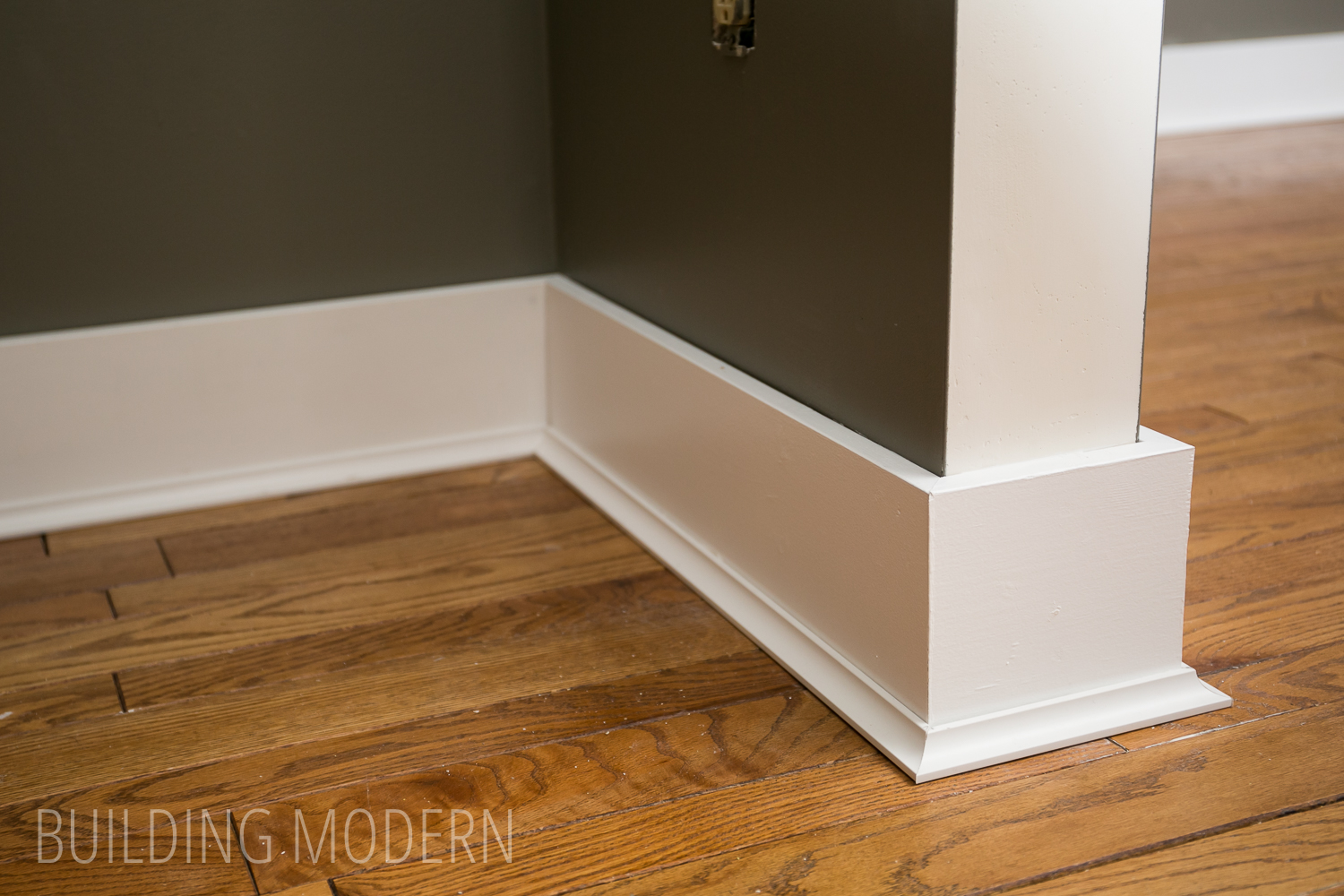
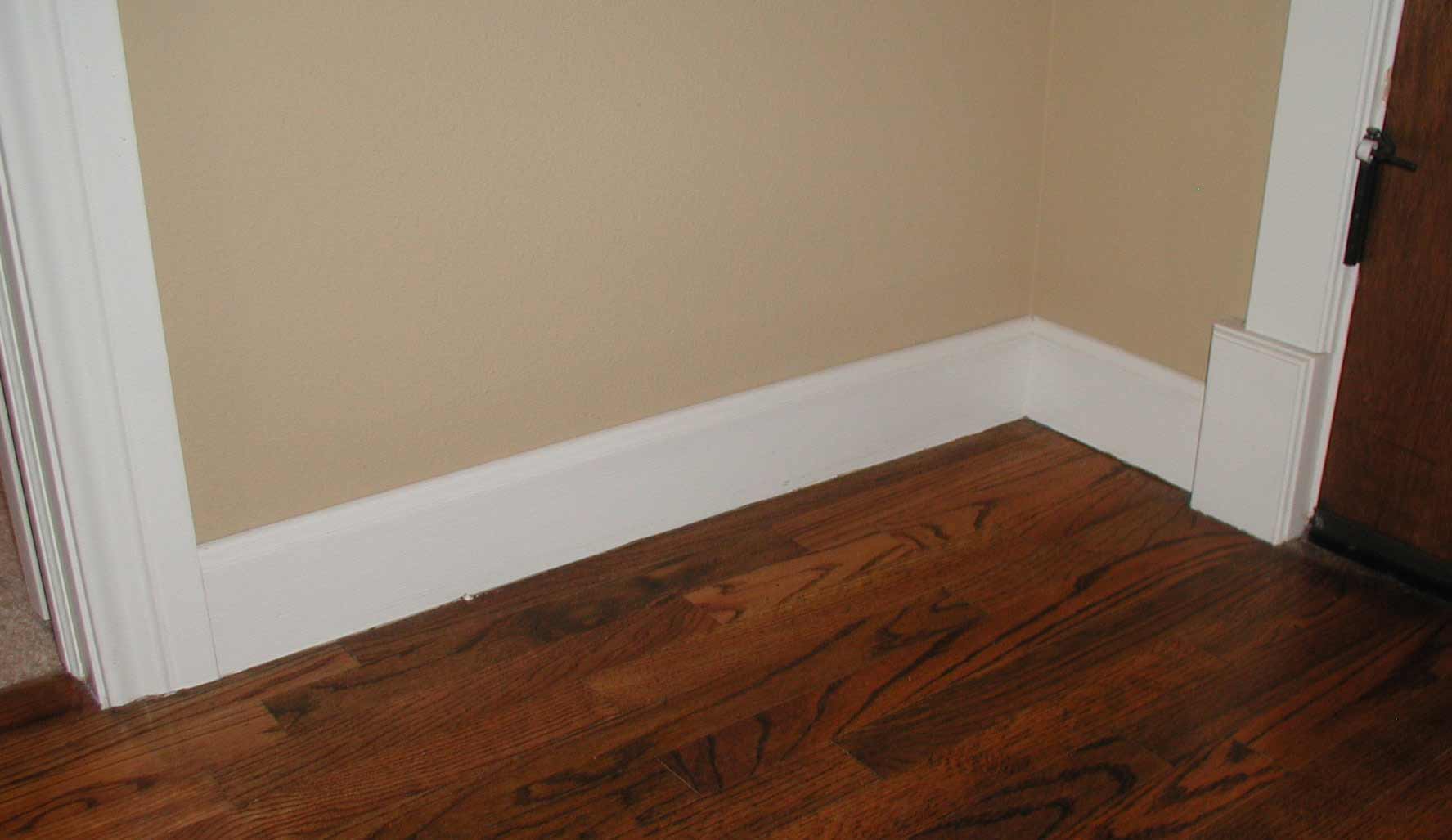
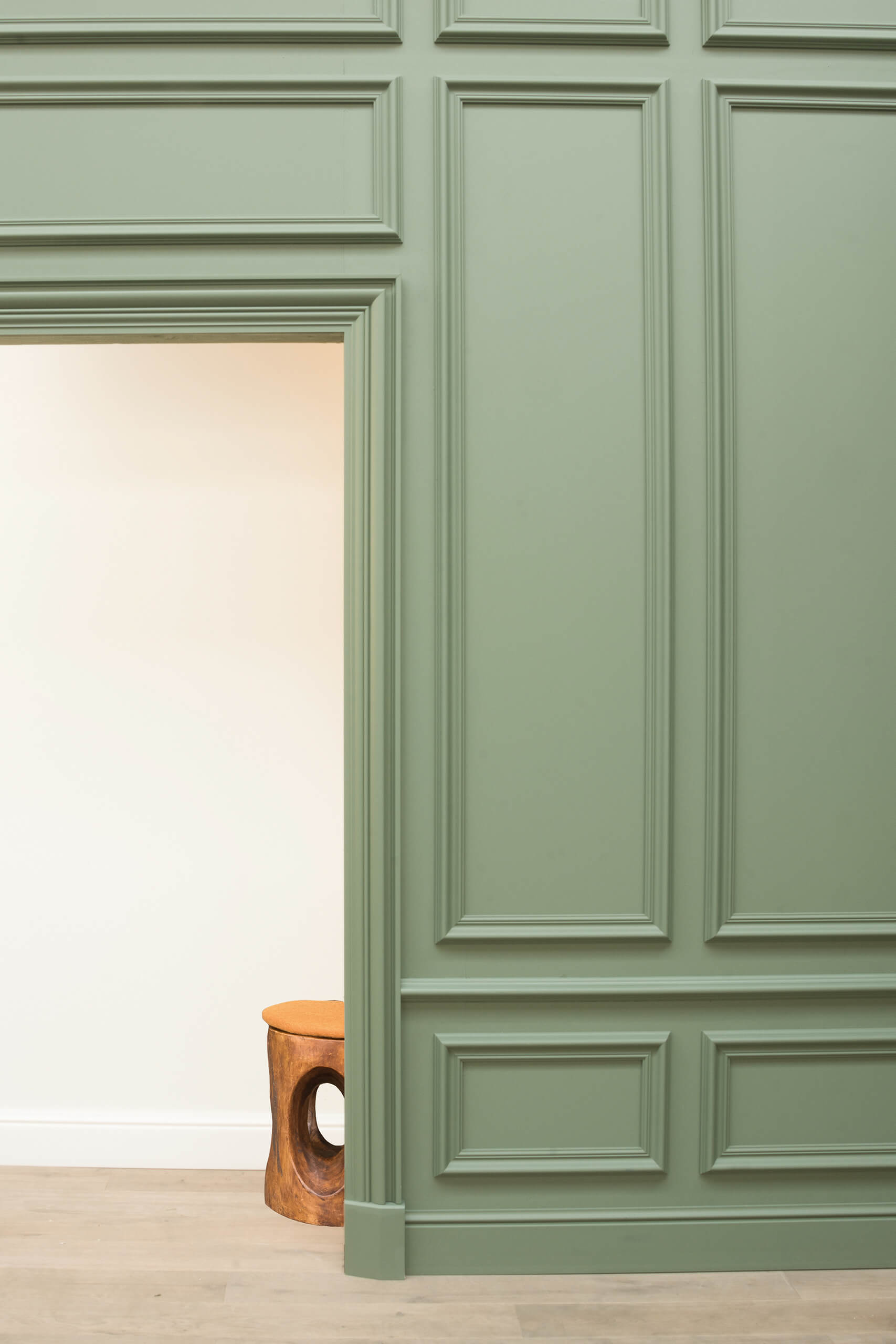





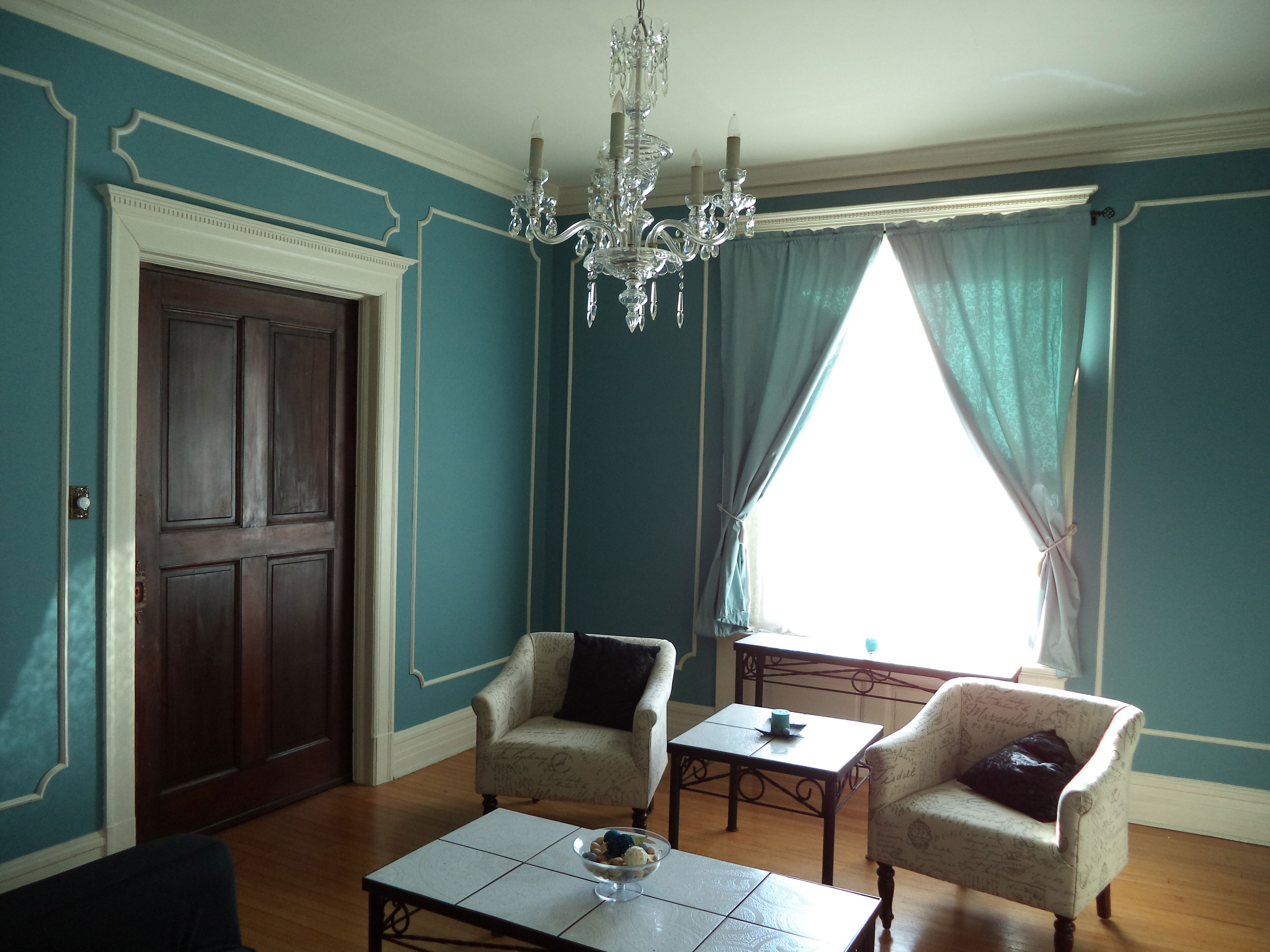

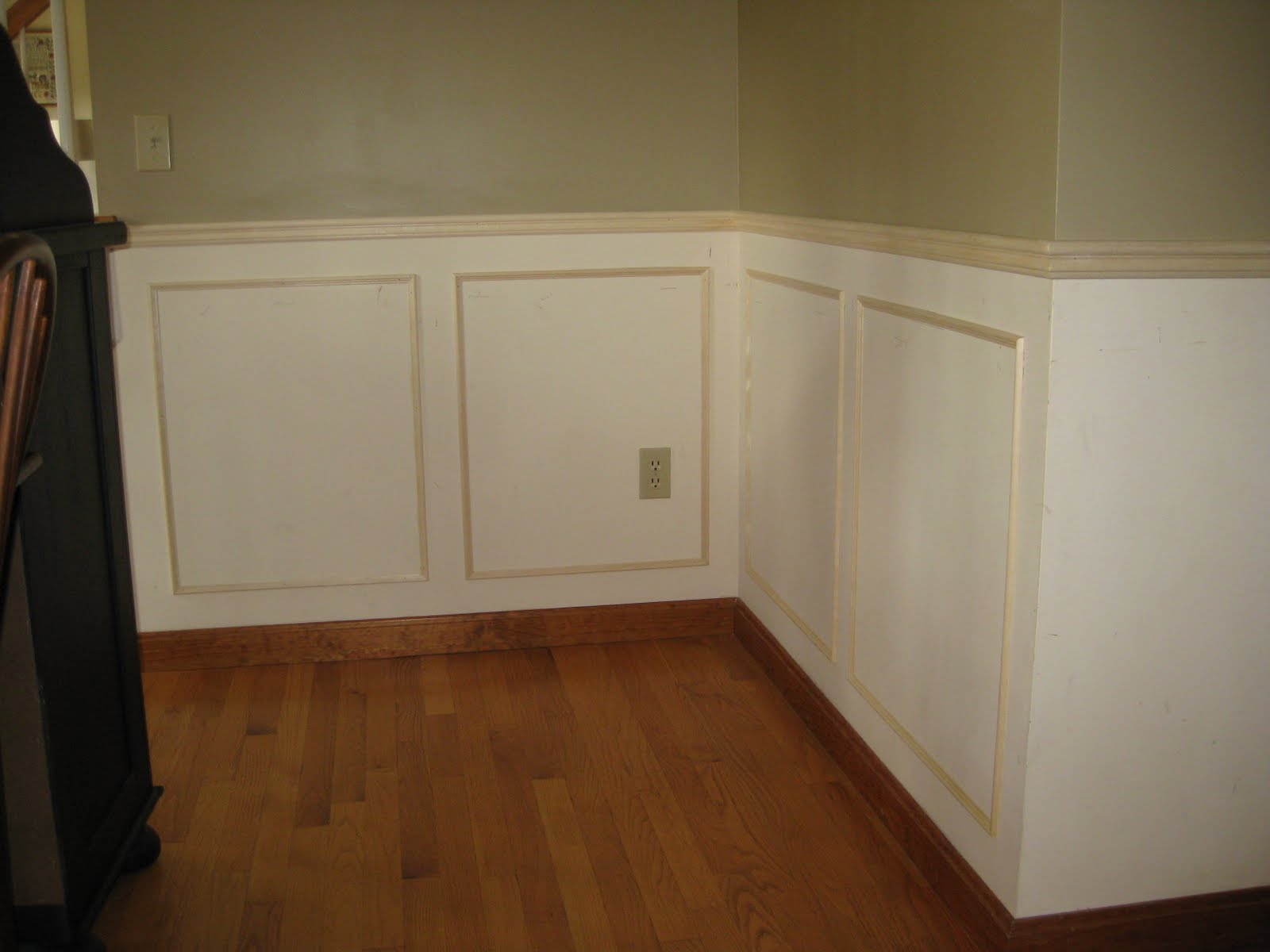

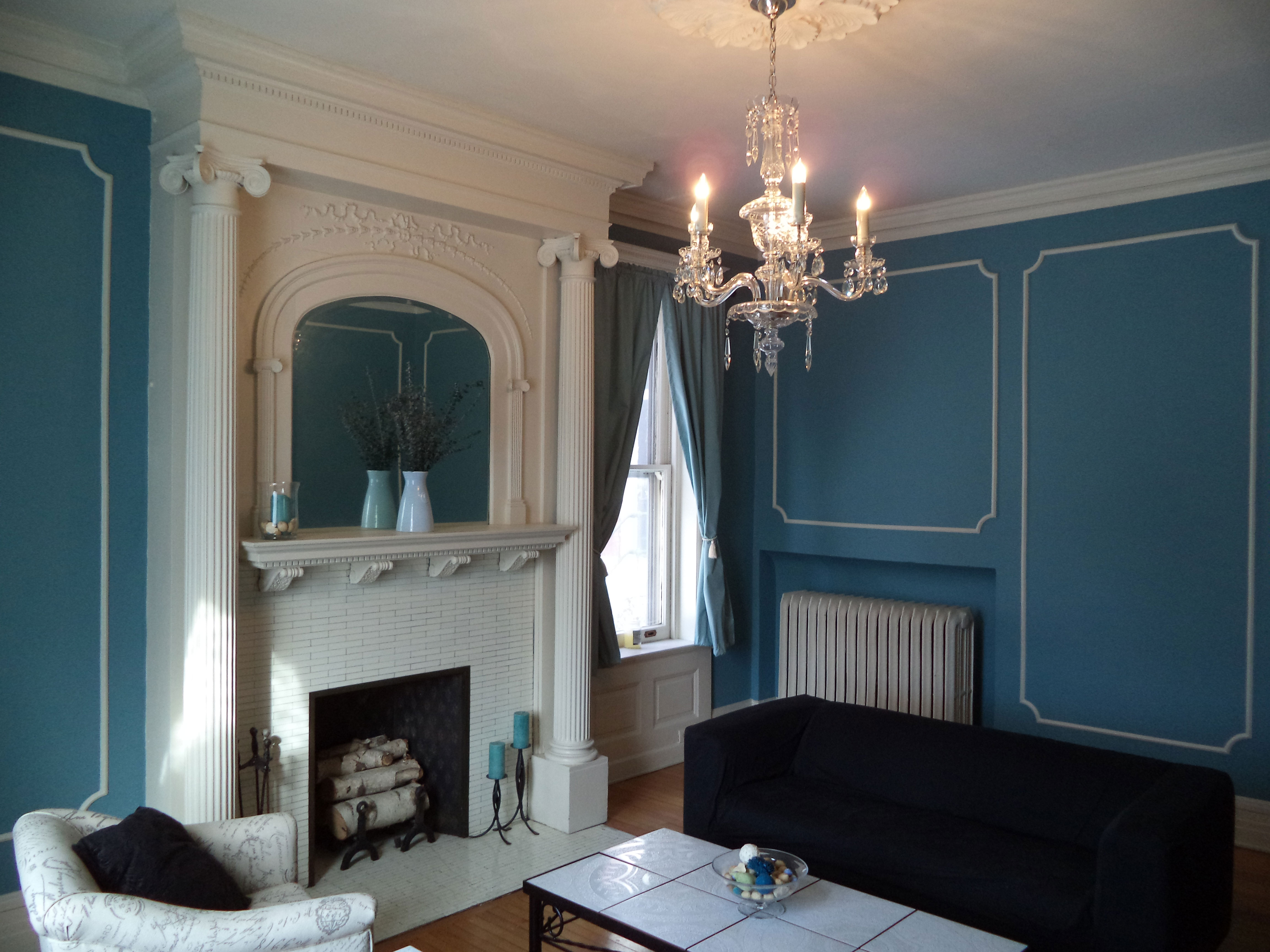
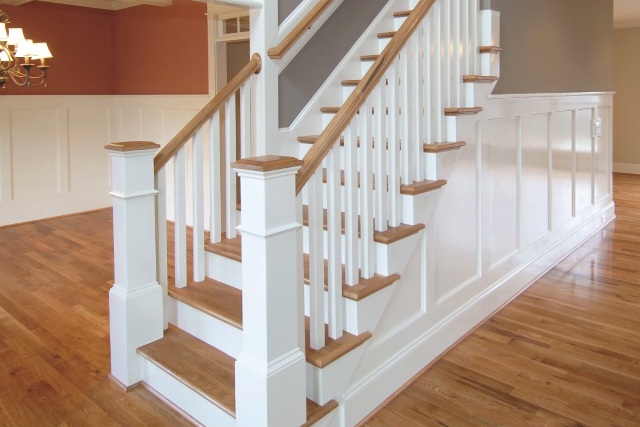


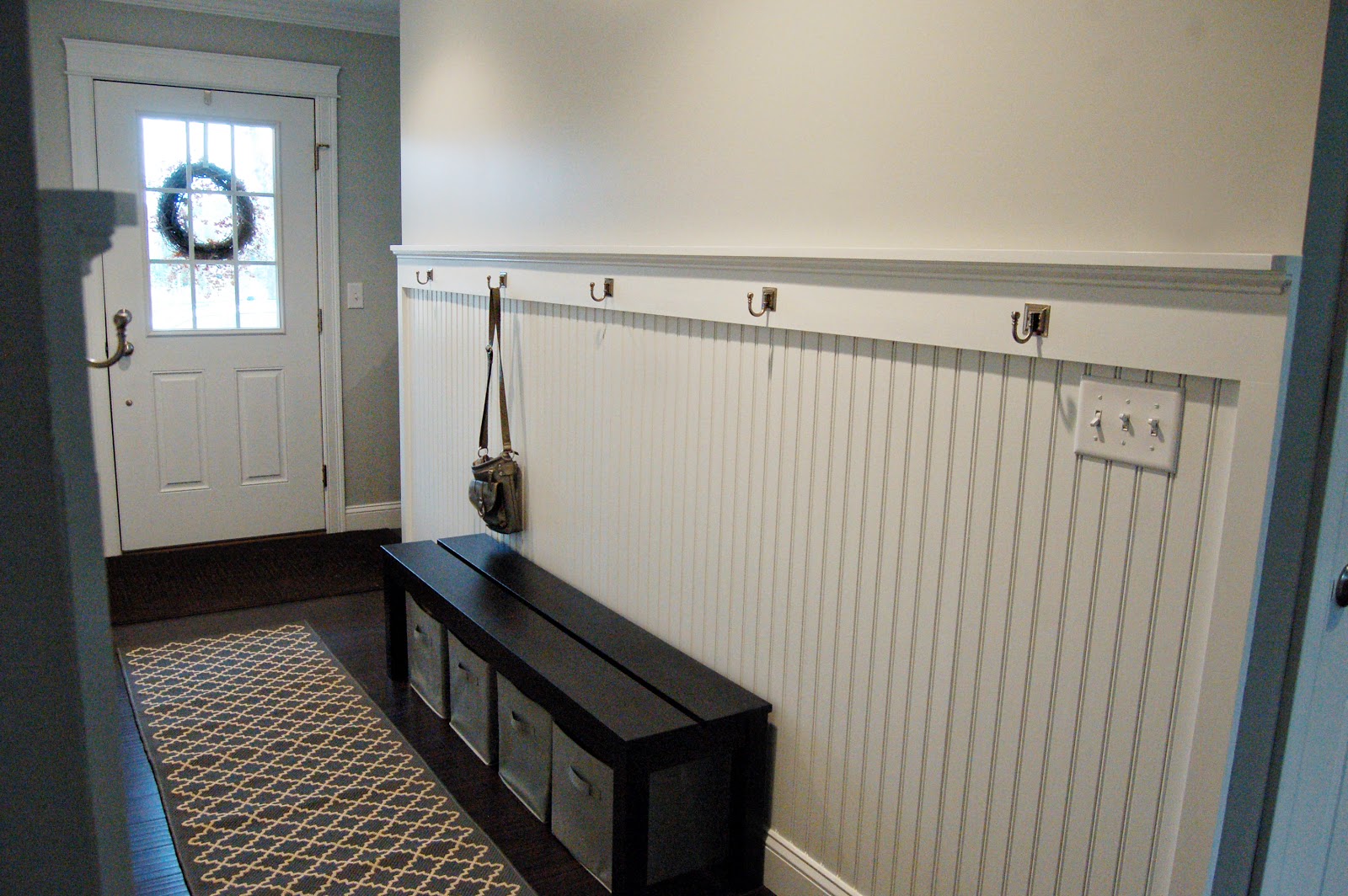

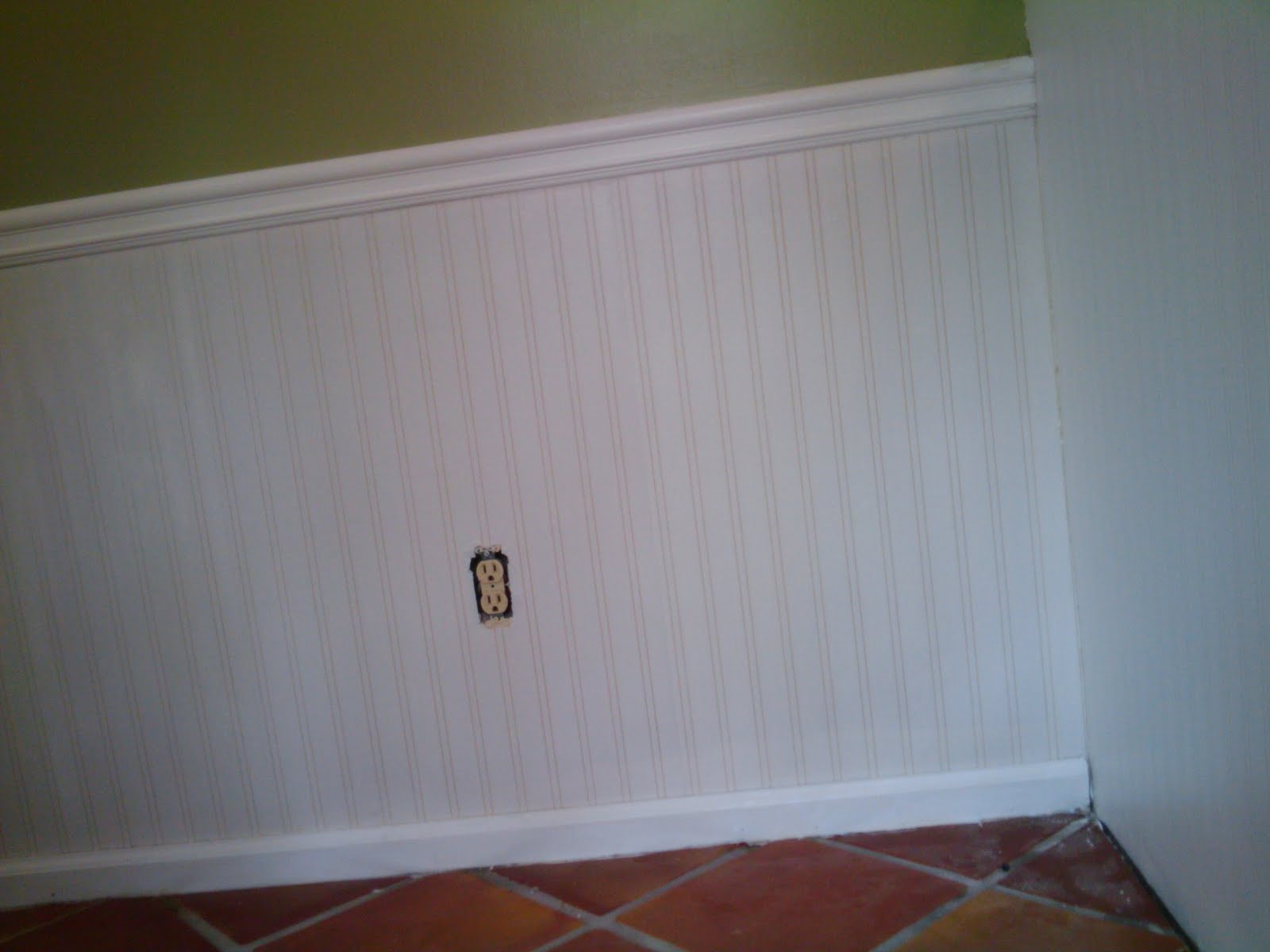
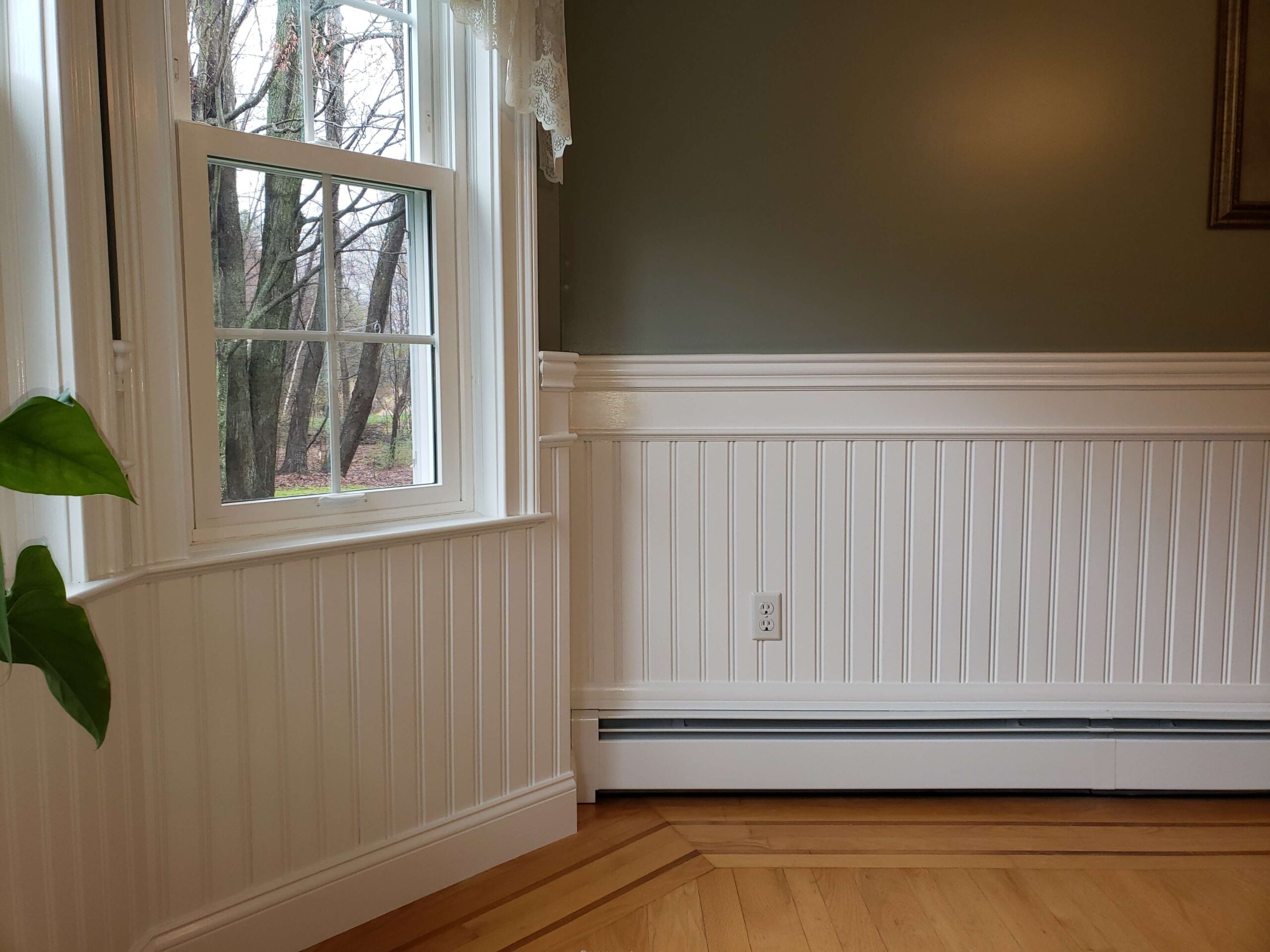
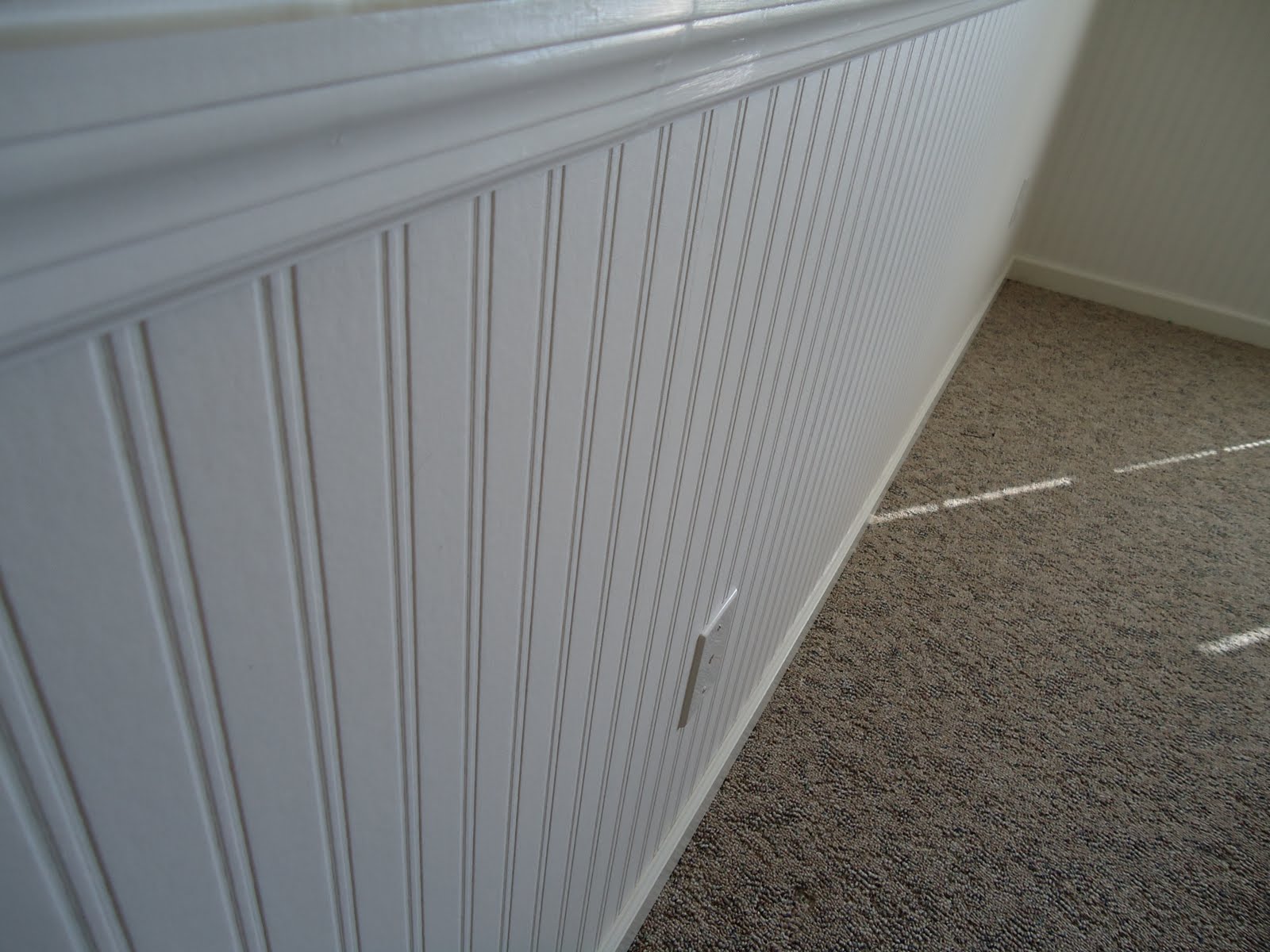
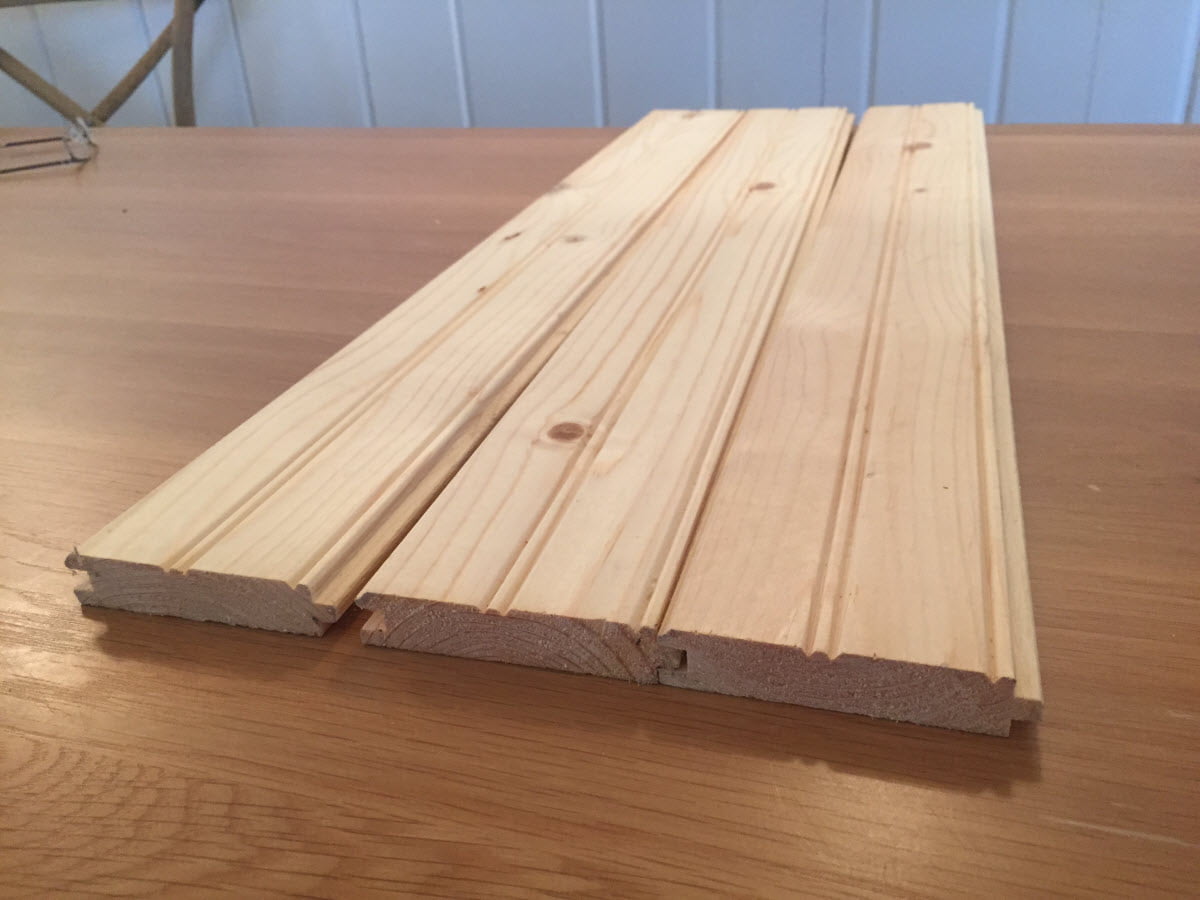







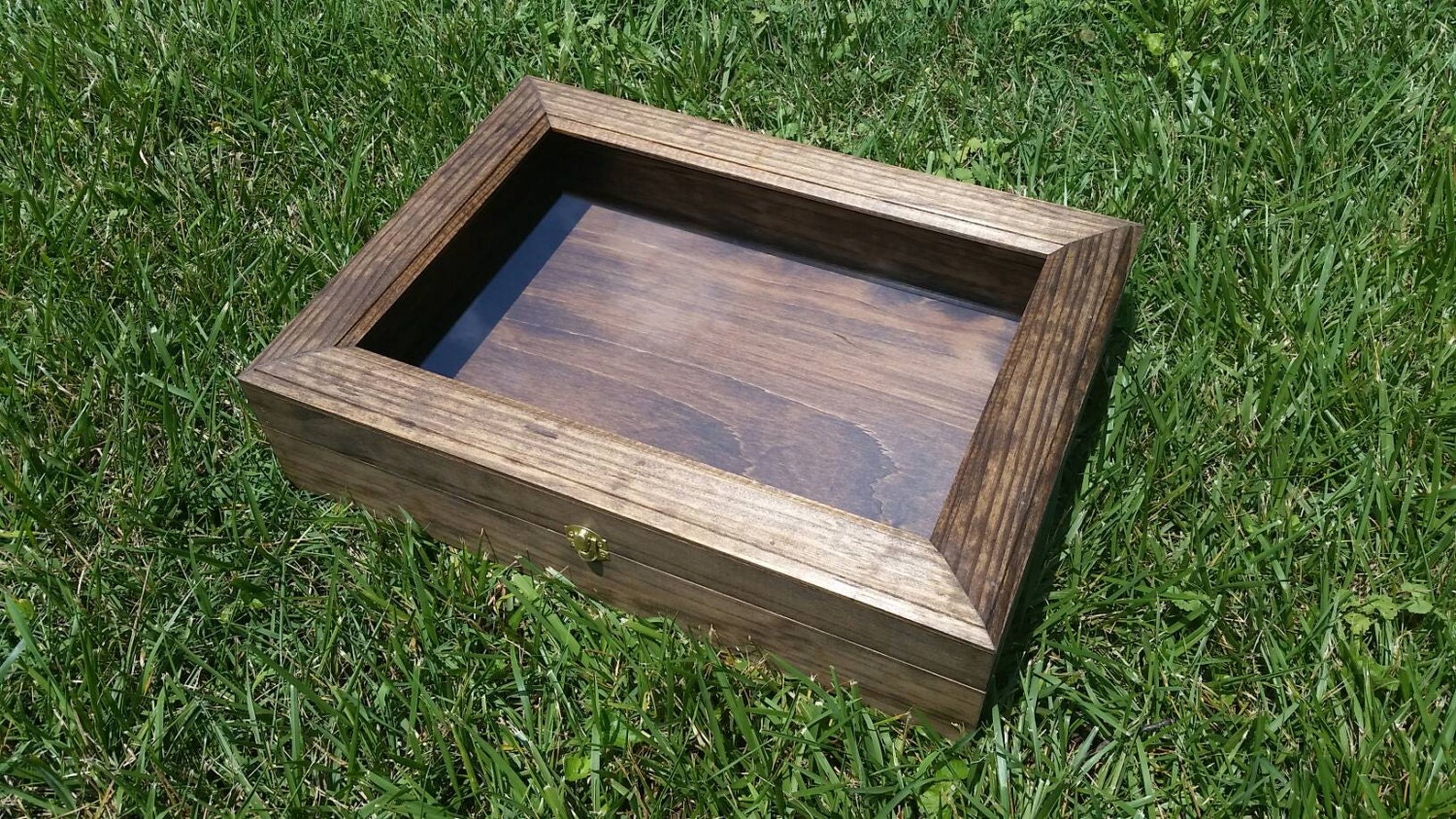









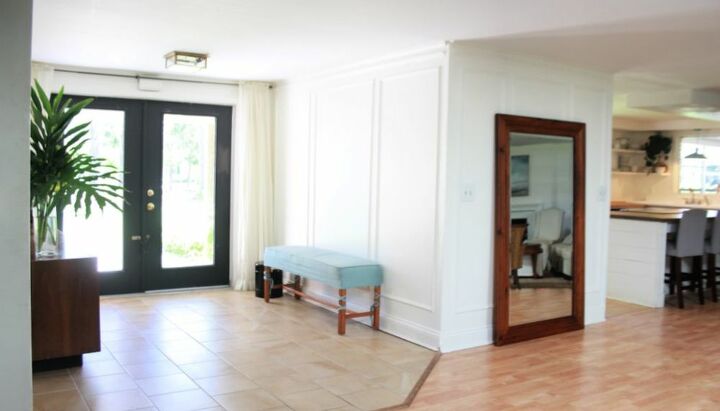





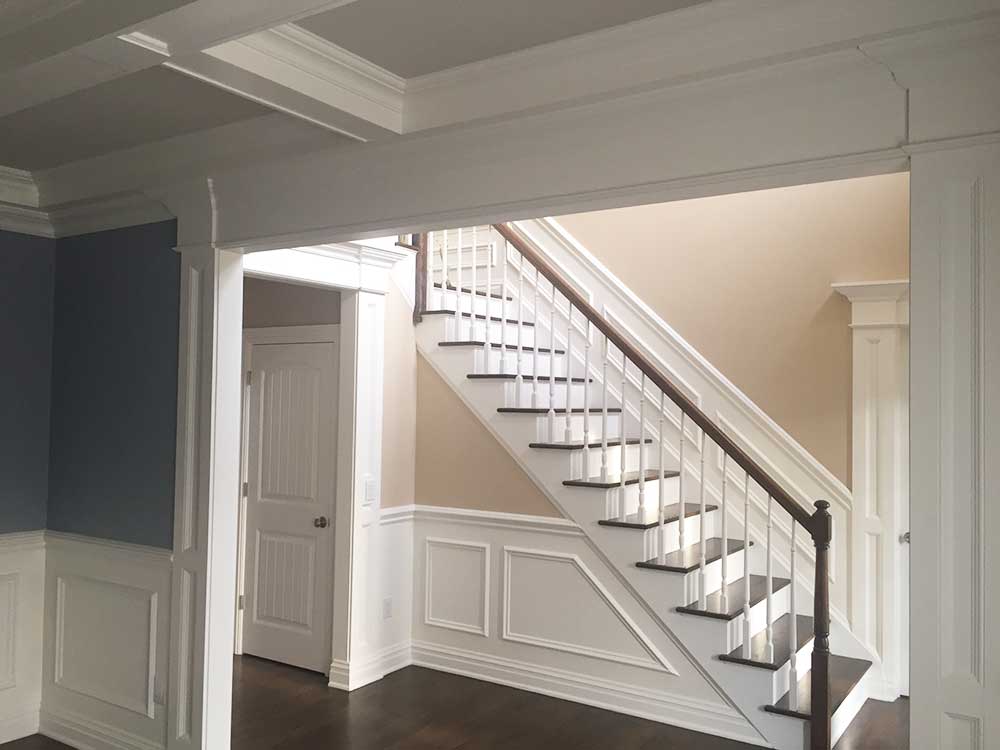

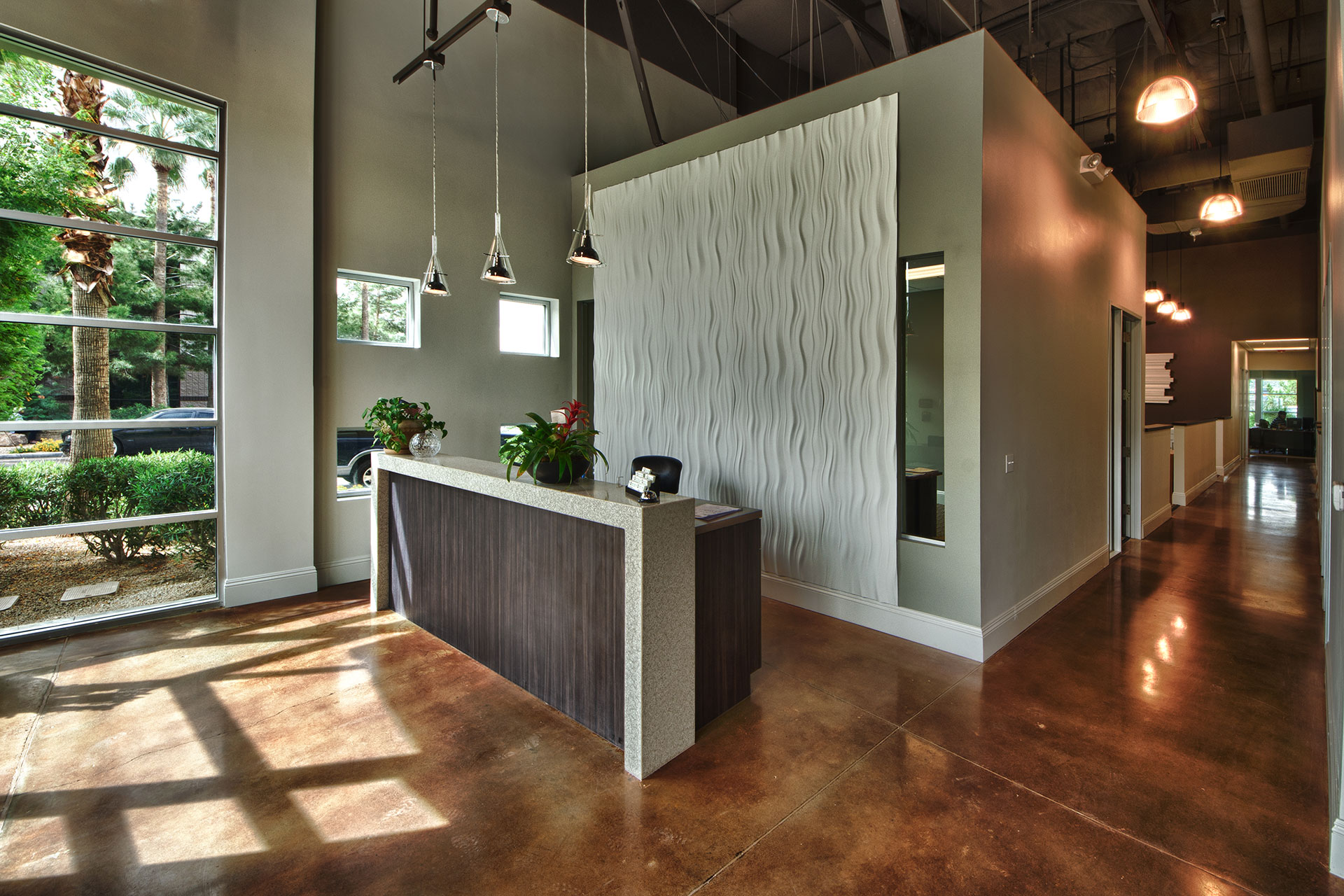
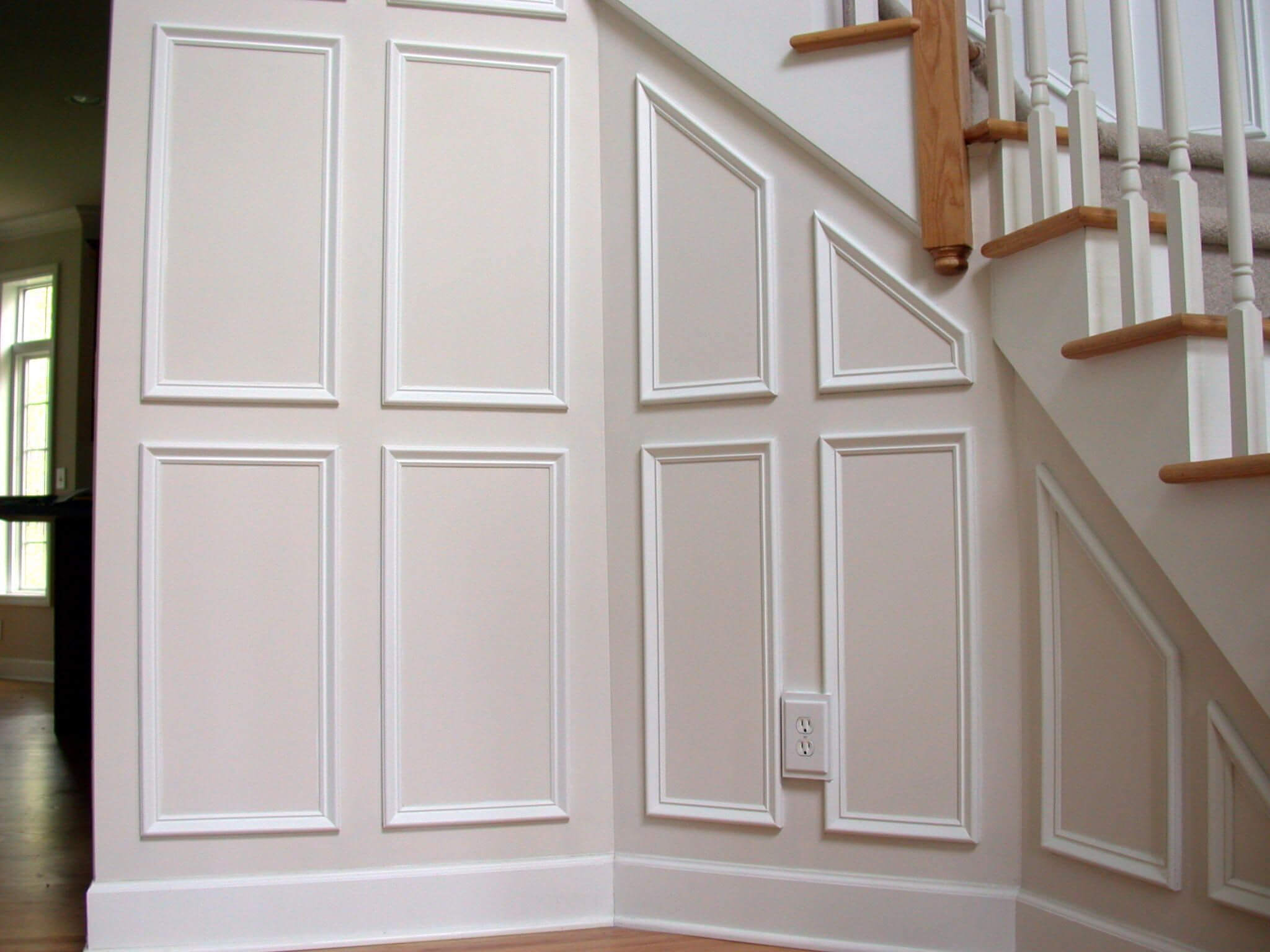
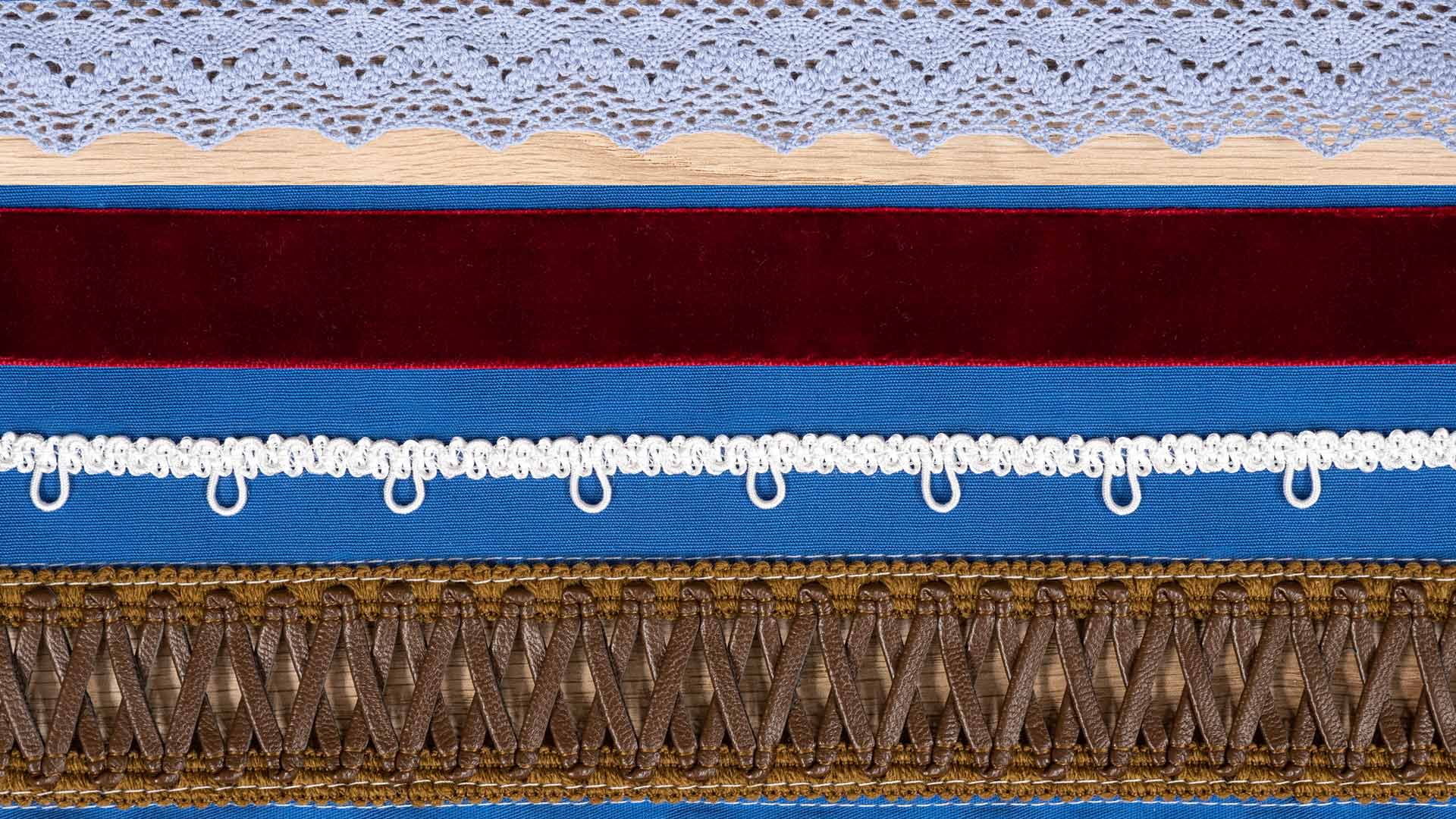
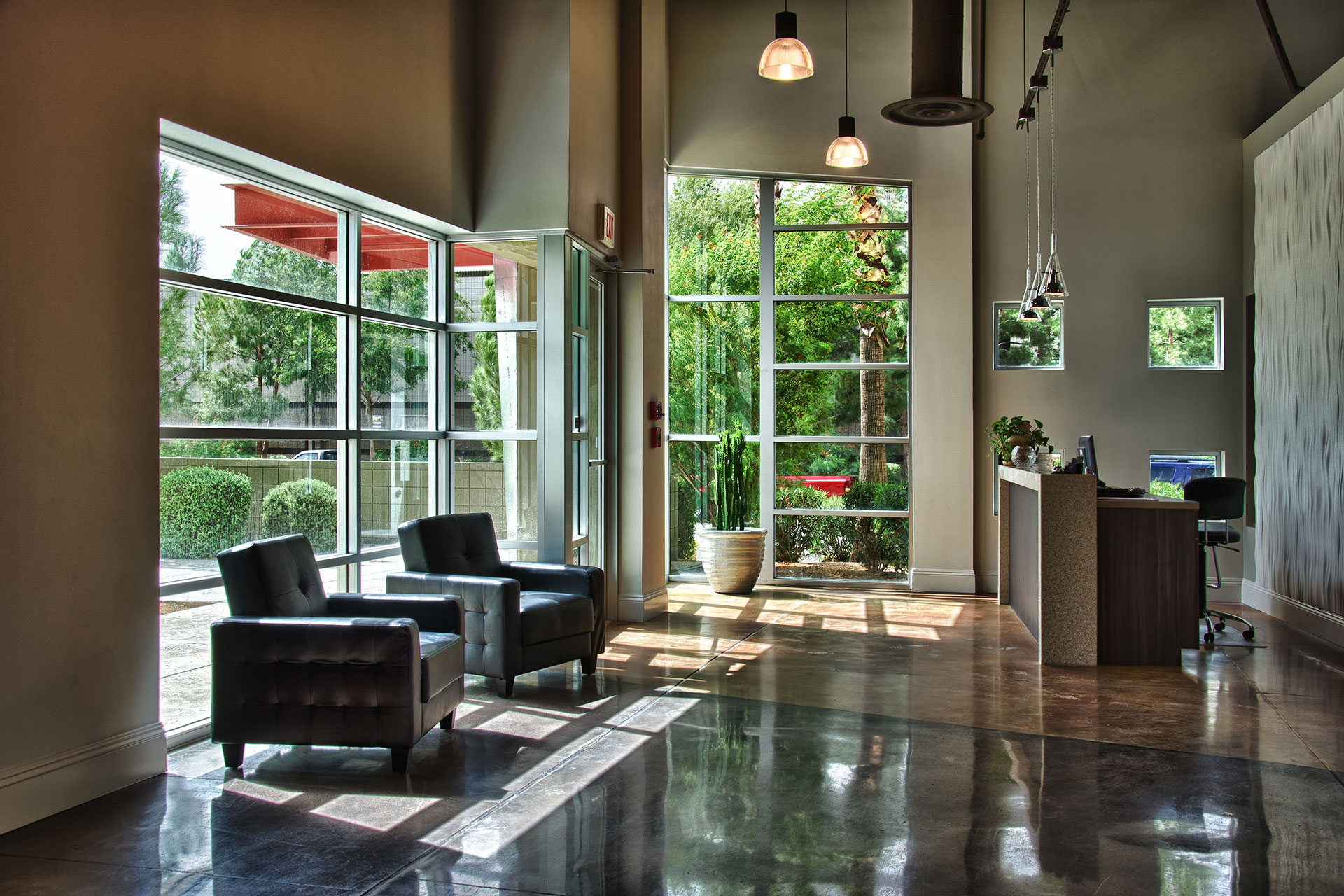



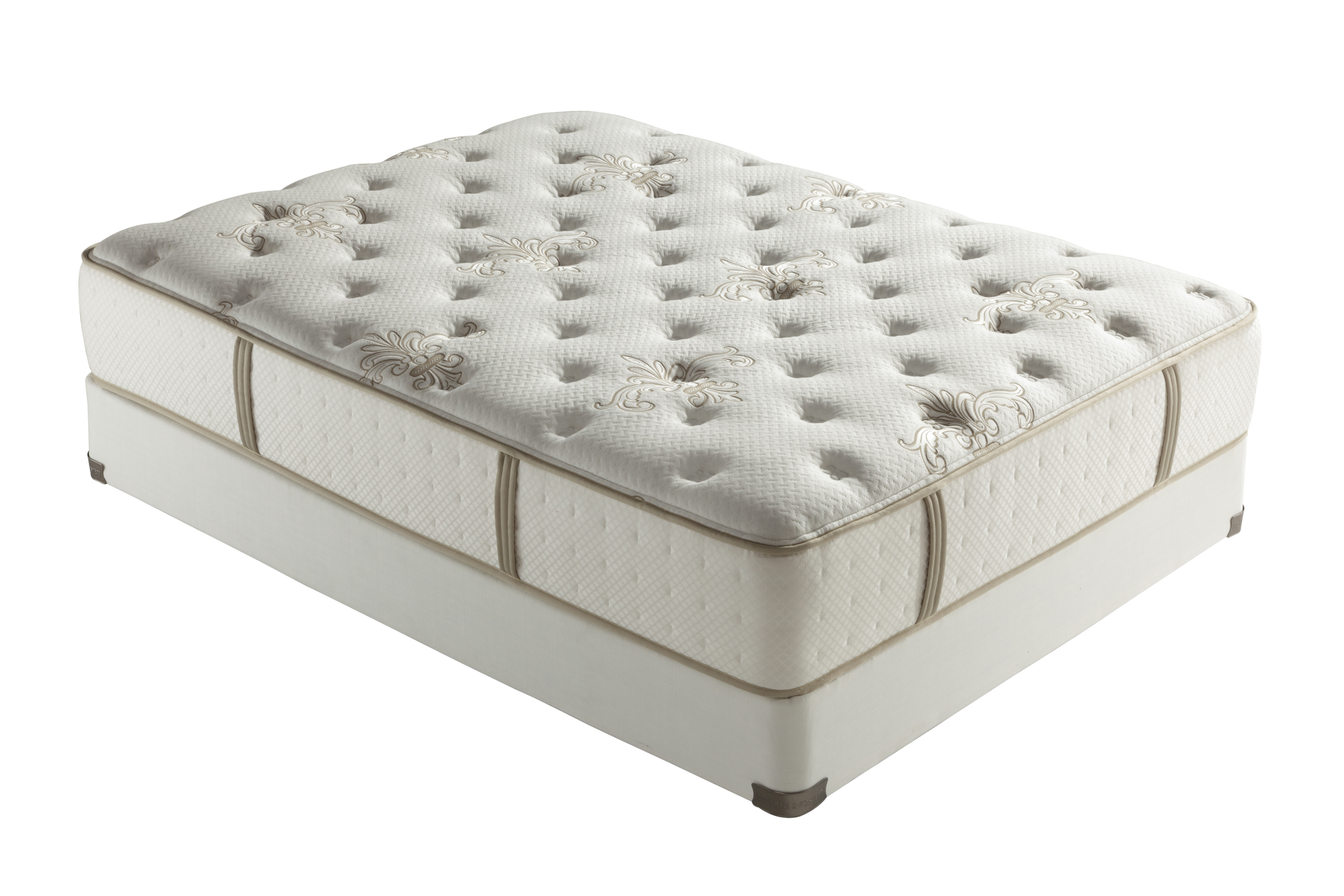

:max_bytes(150000):strip_icc()/Custom-built-ins-Cory-Connor-Design-587ad02e3df78c17b61ca01b.png)
